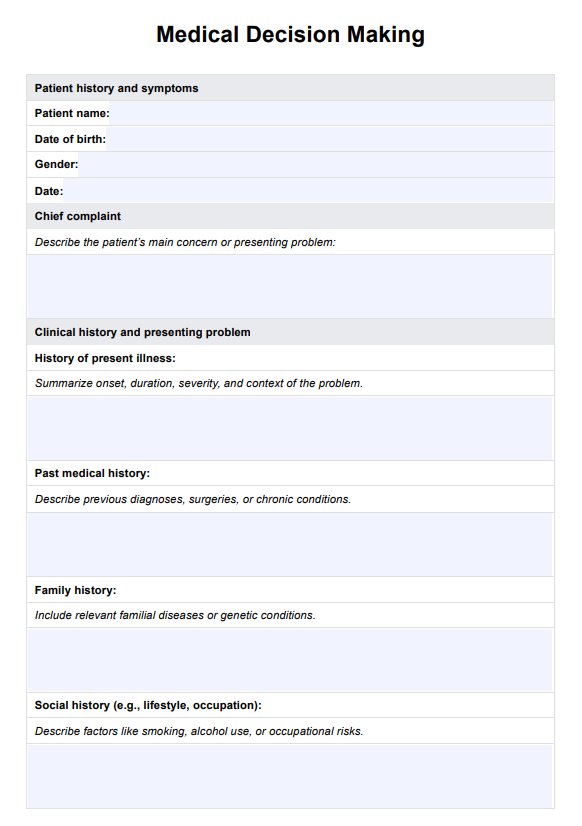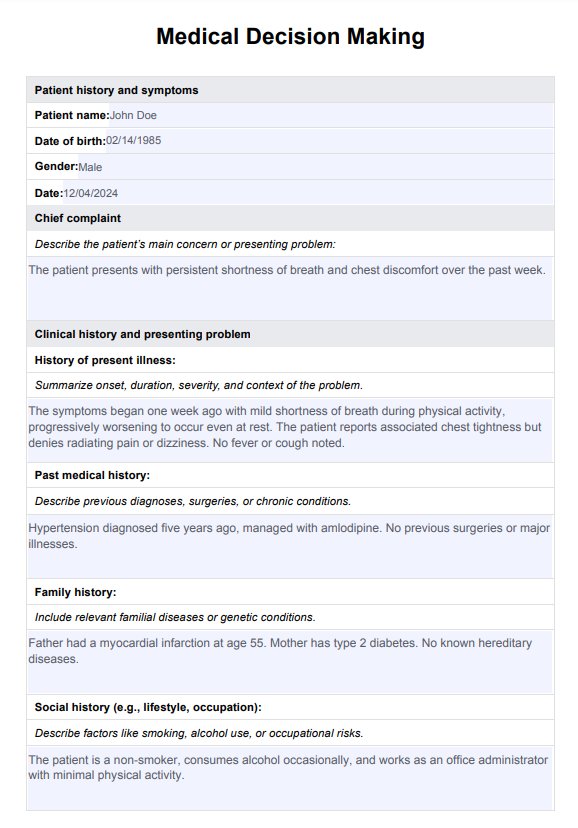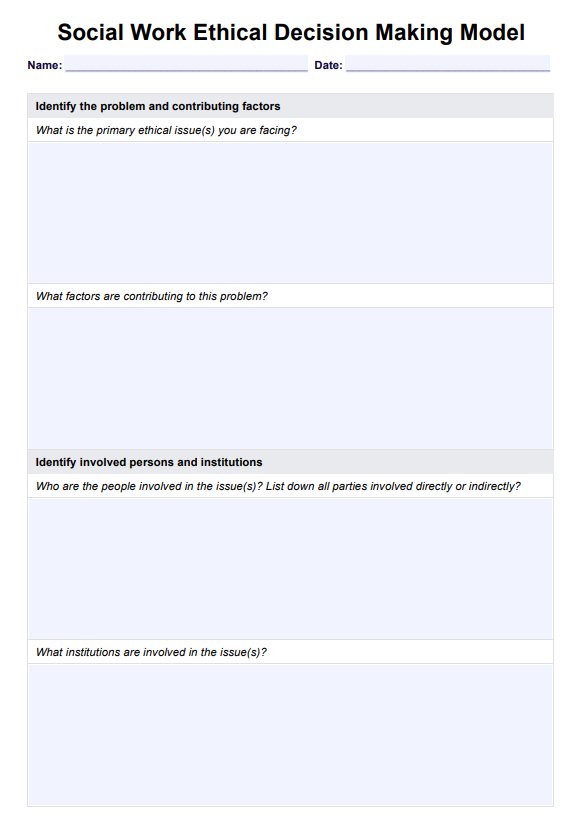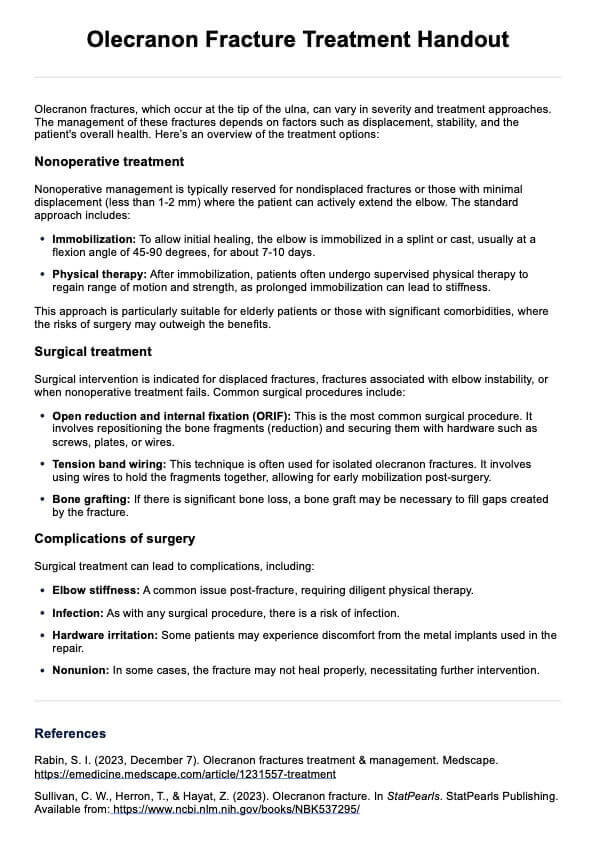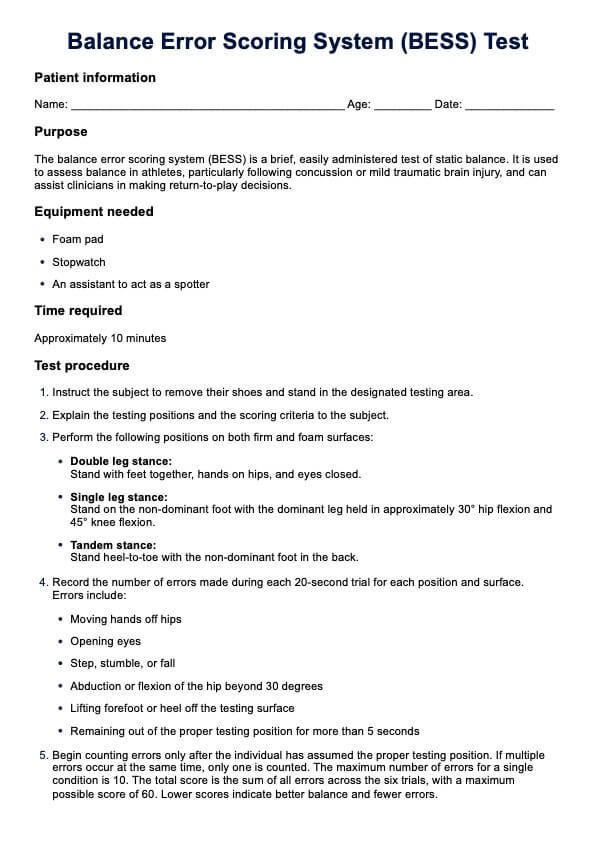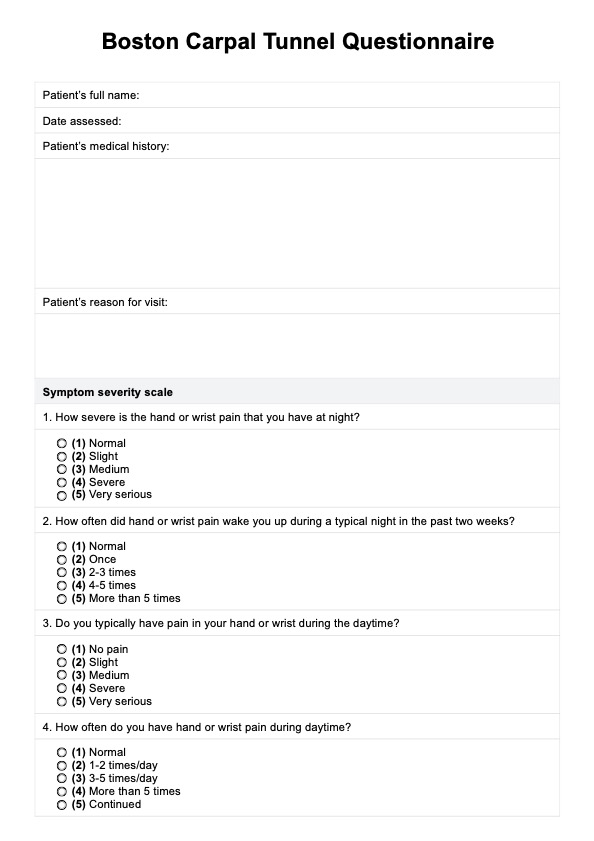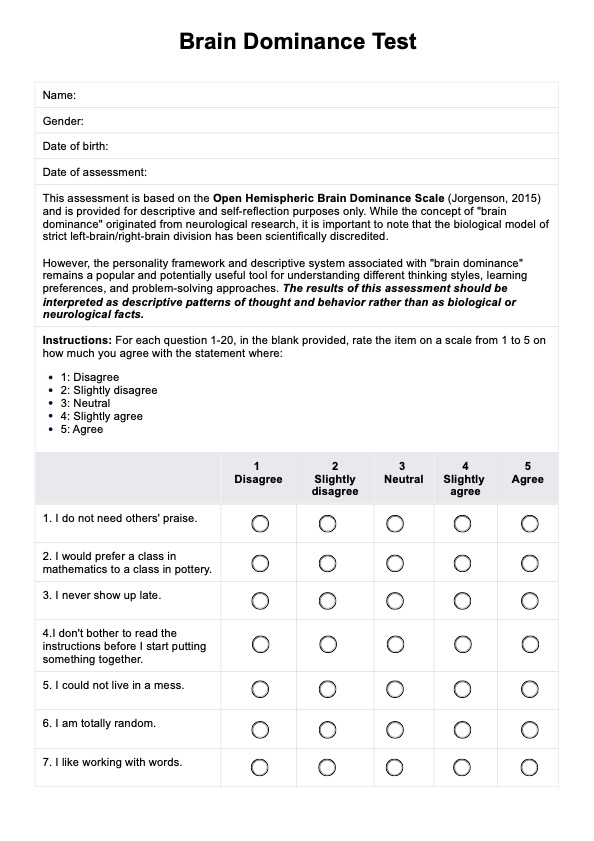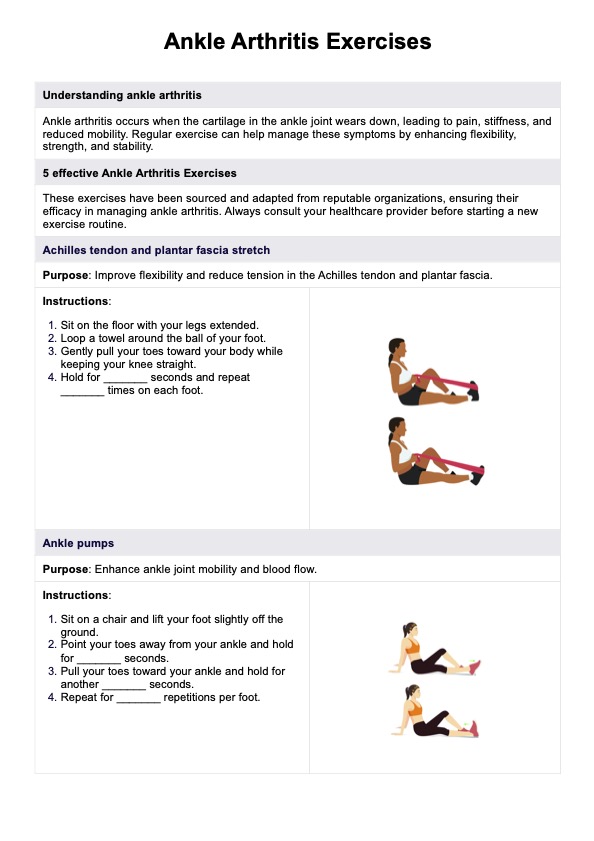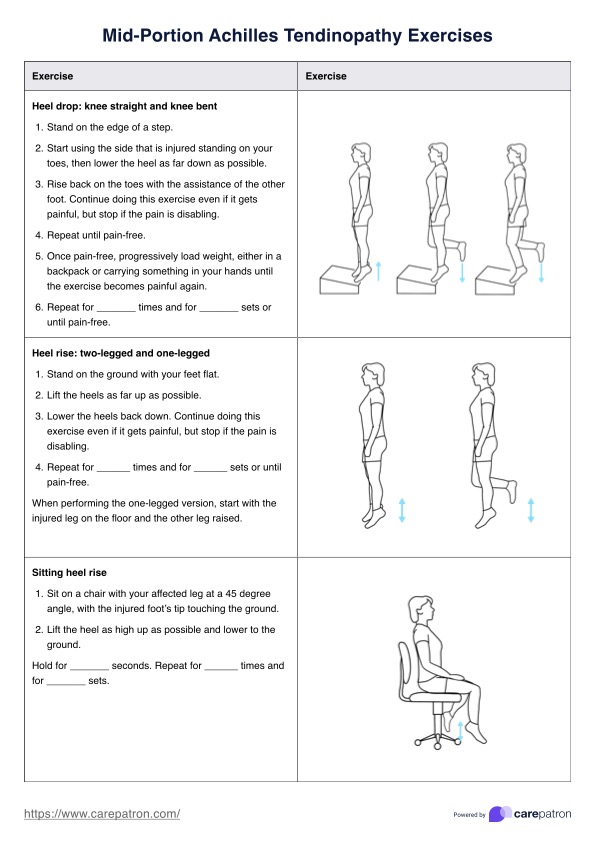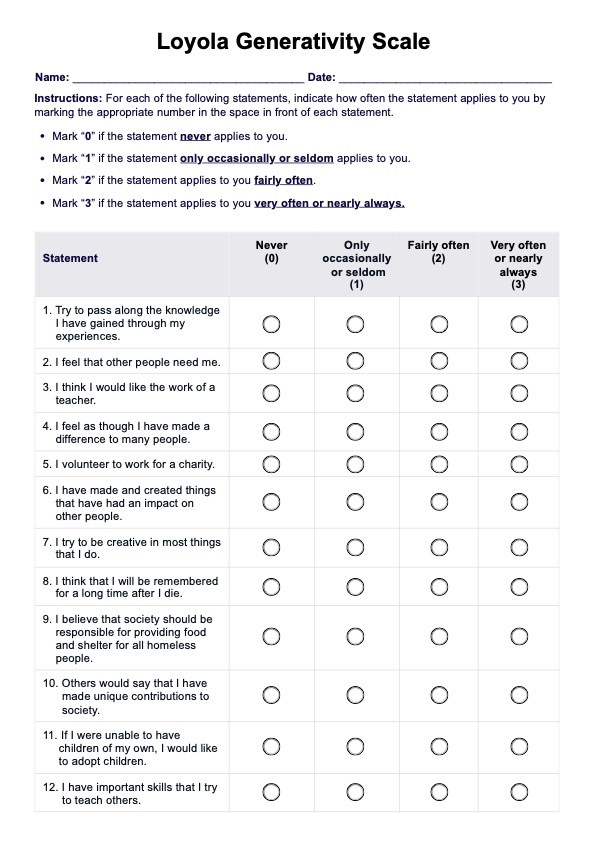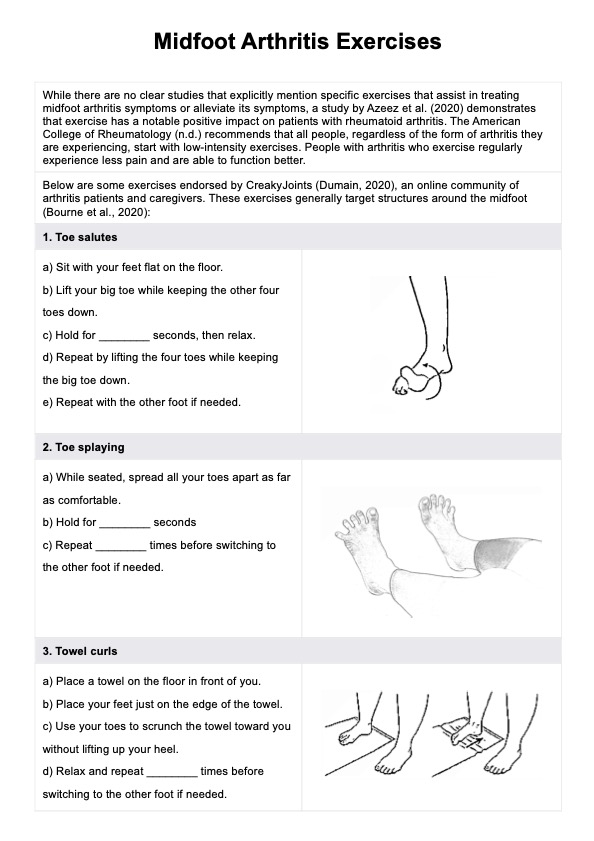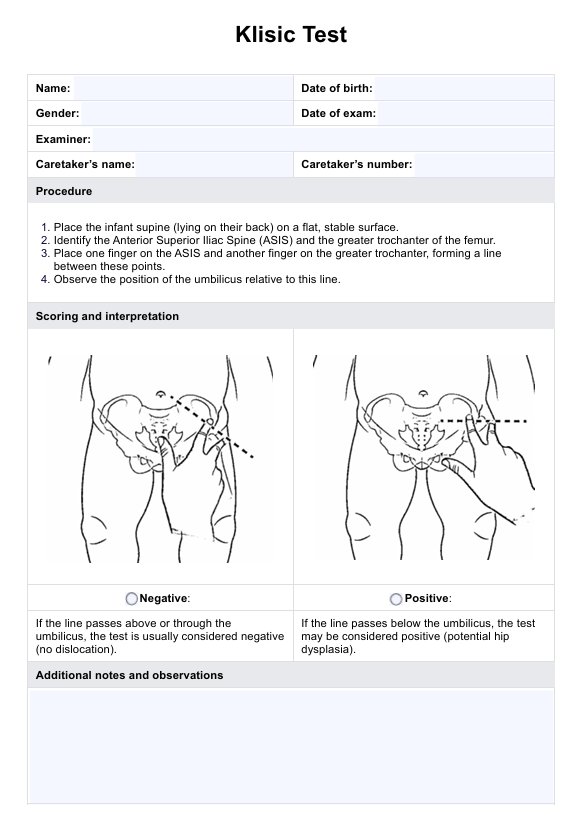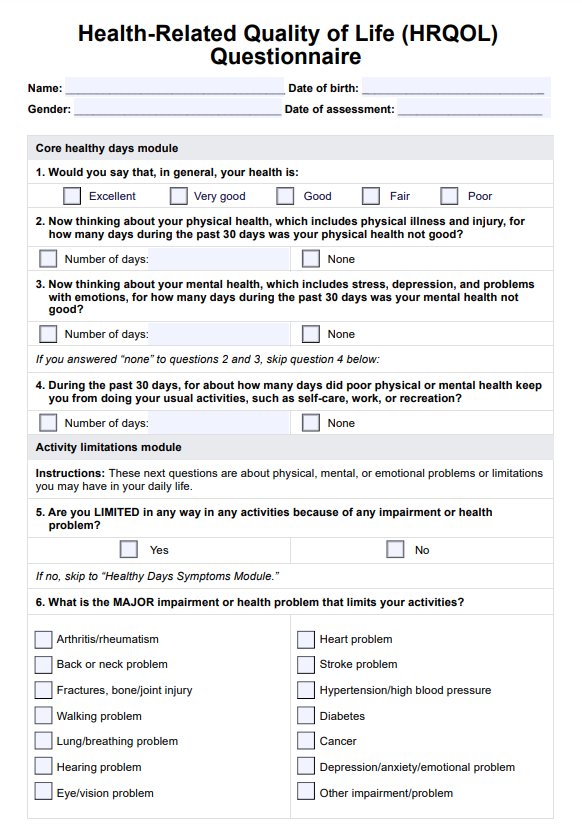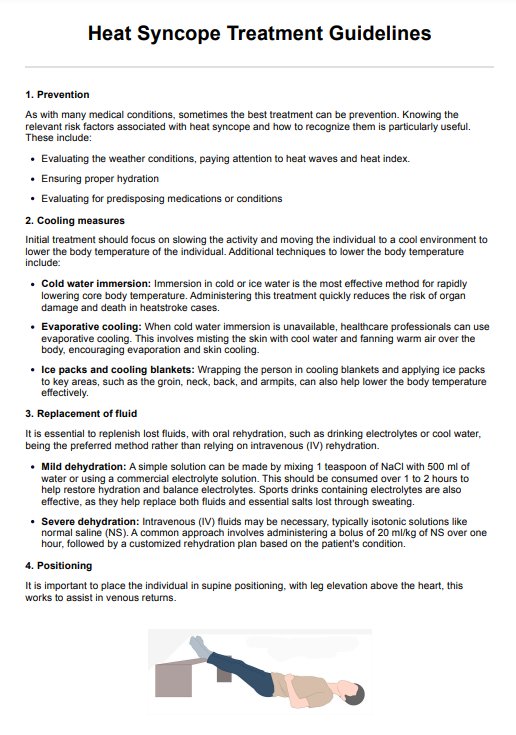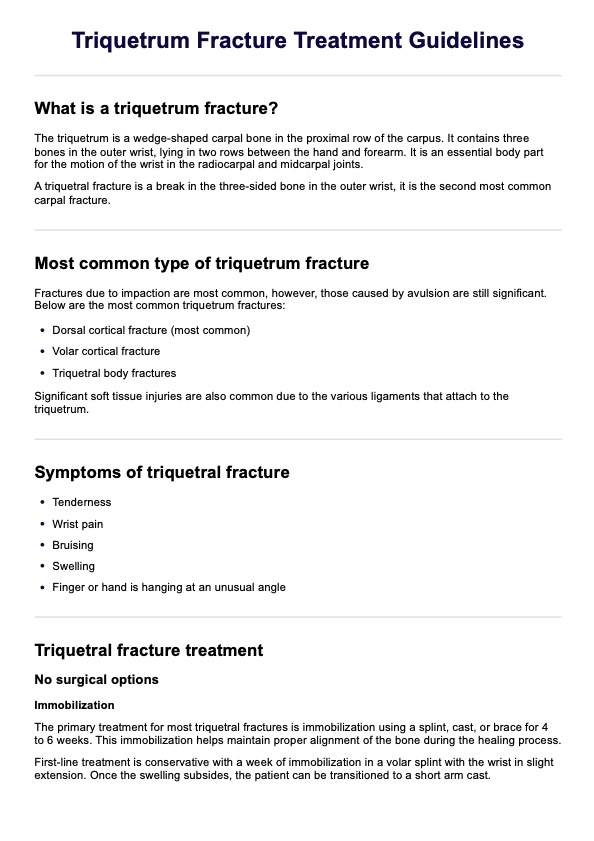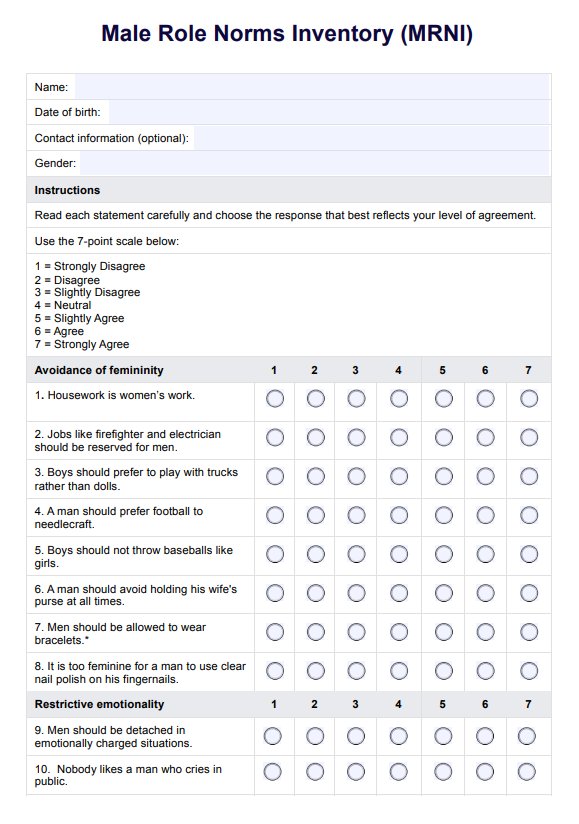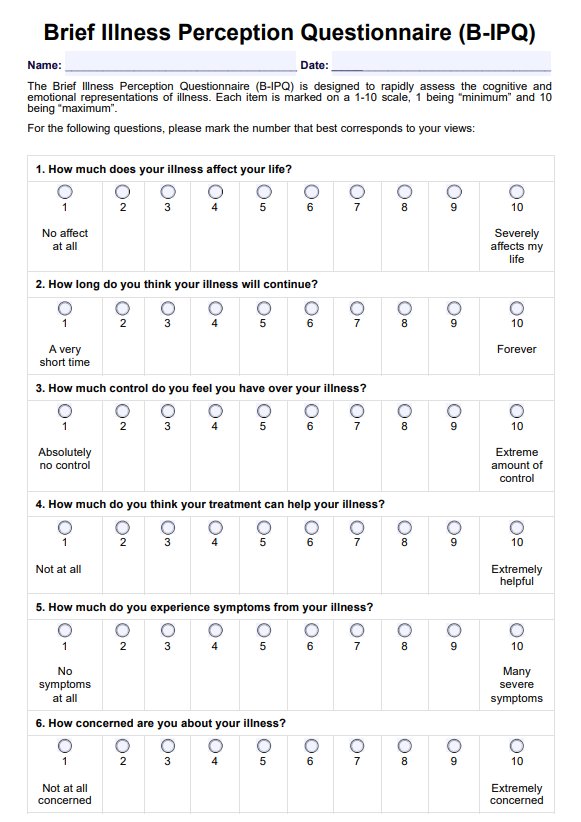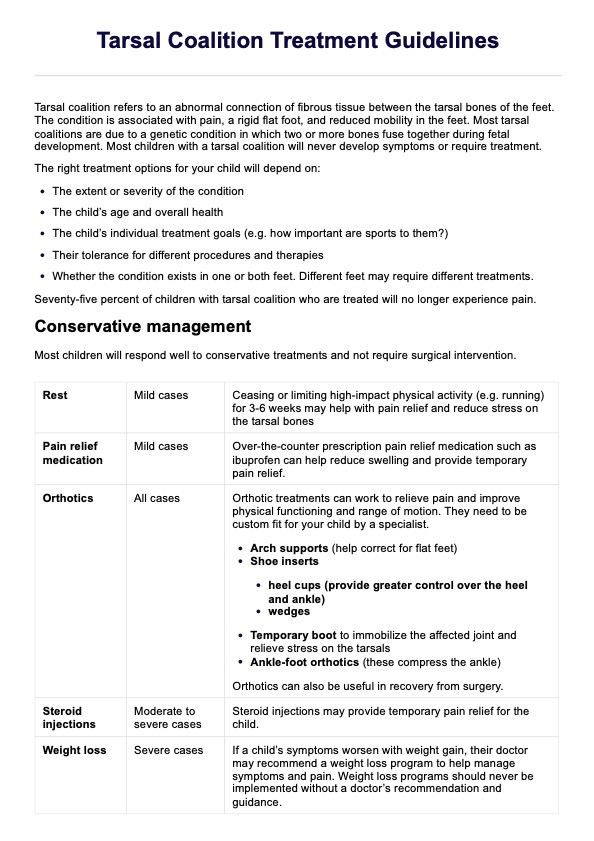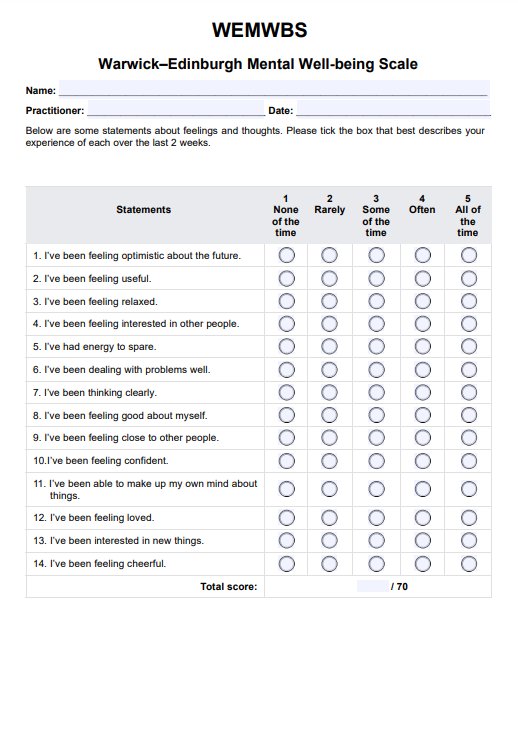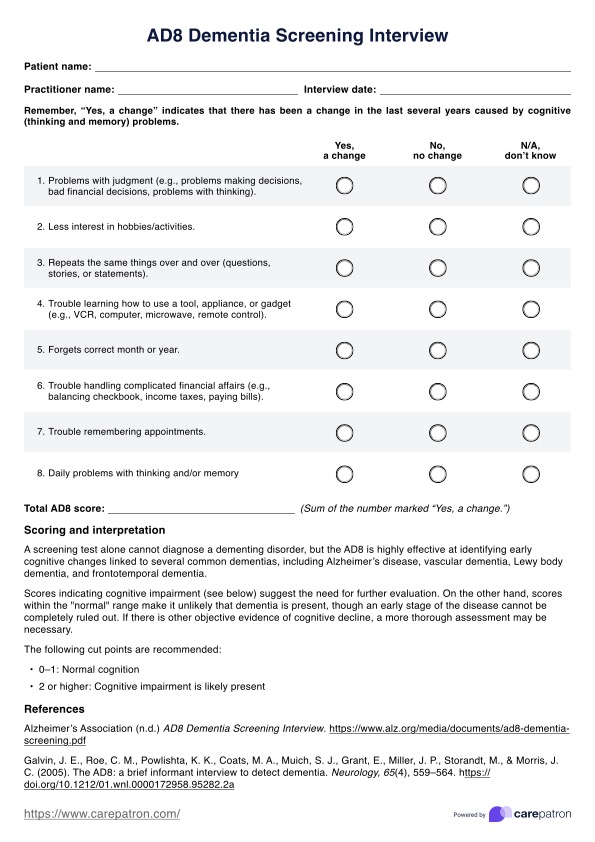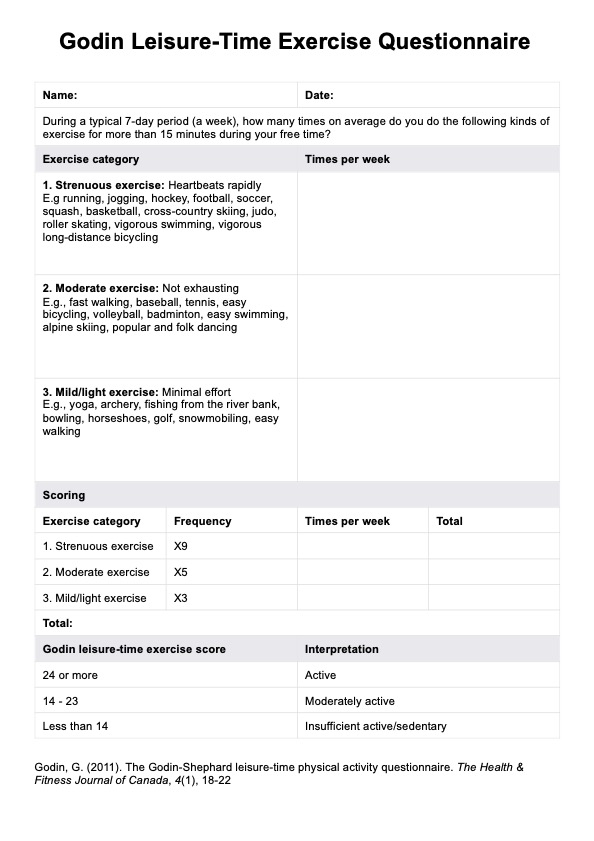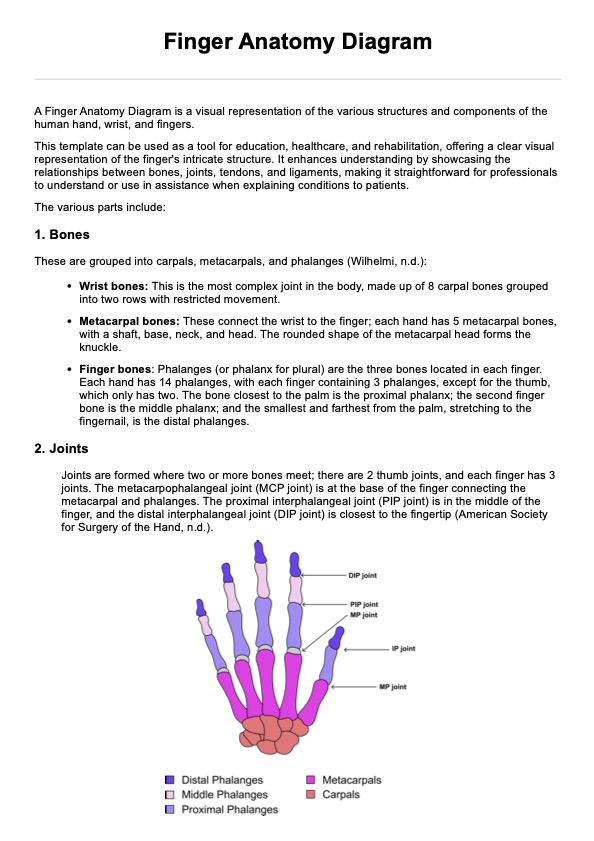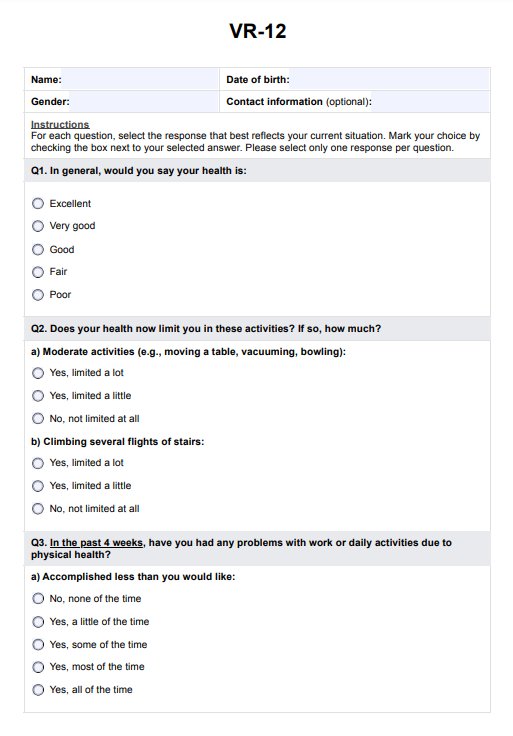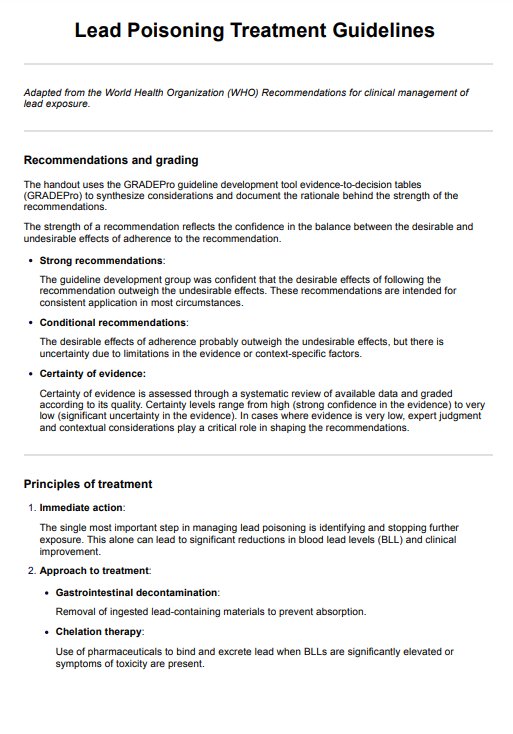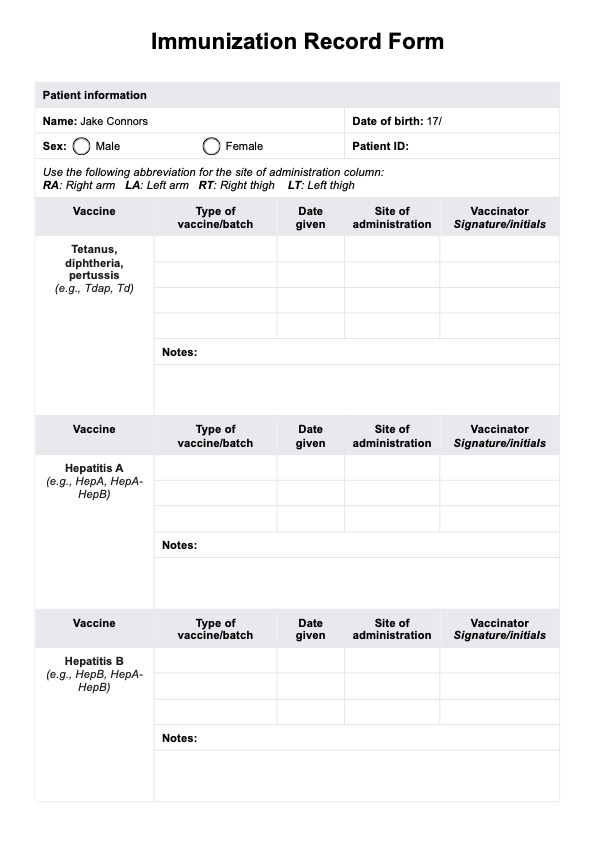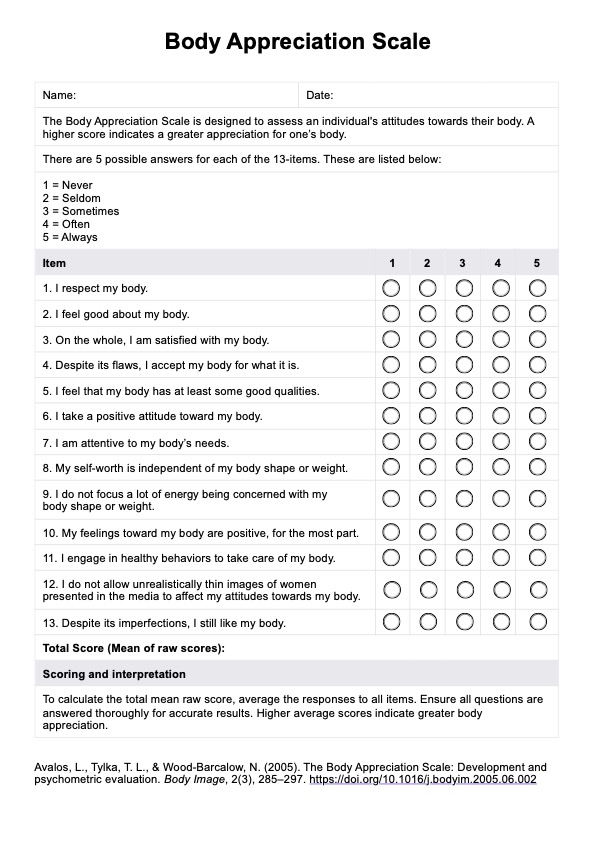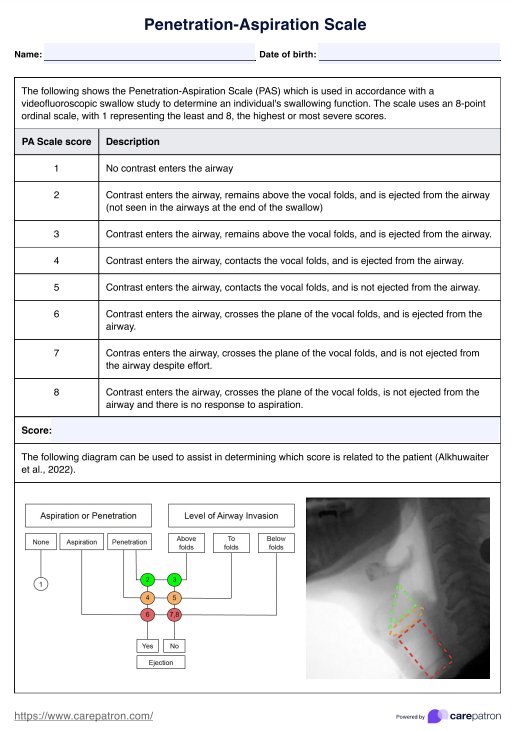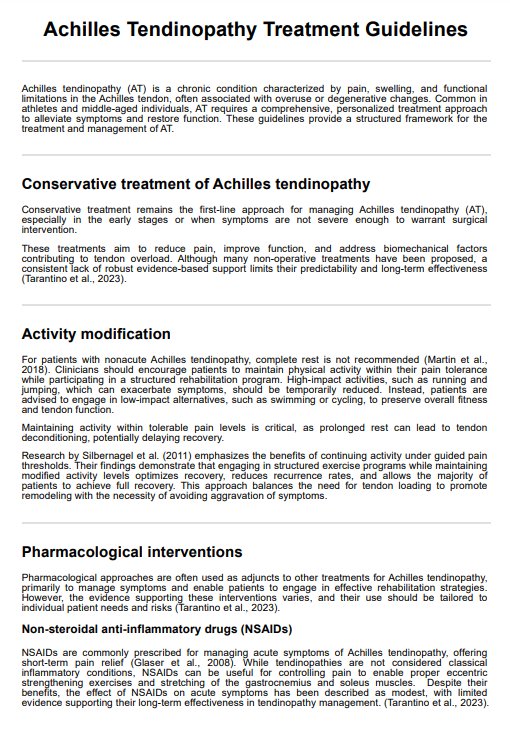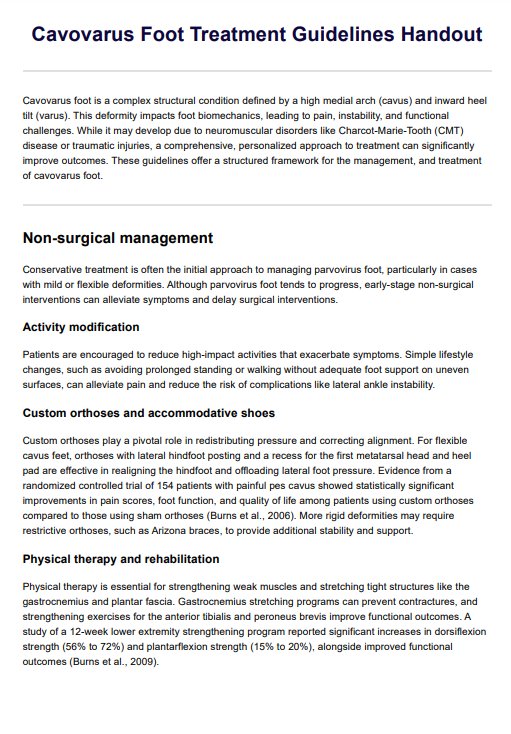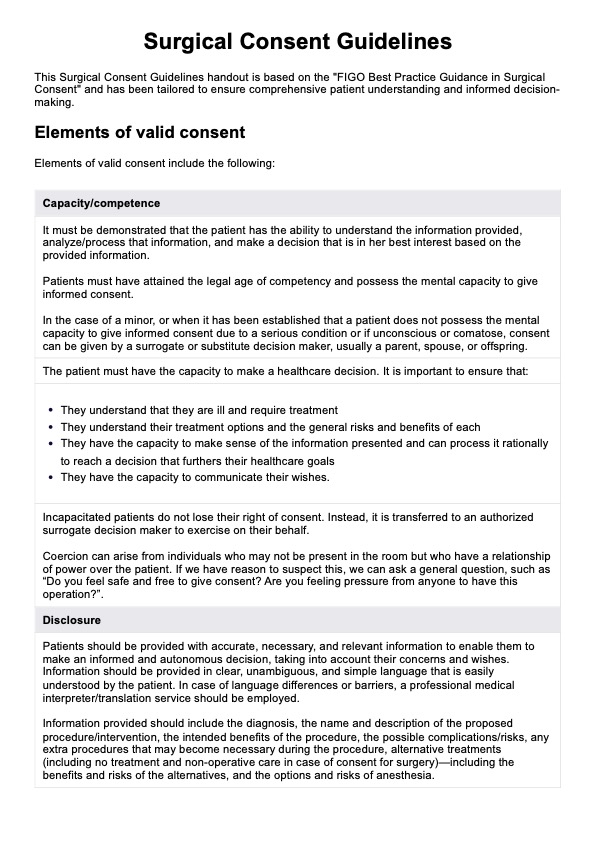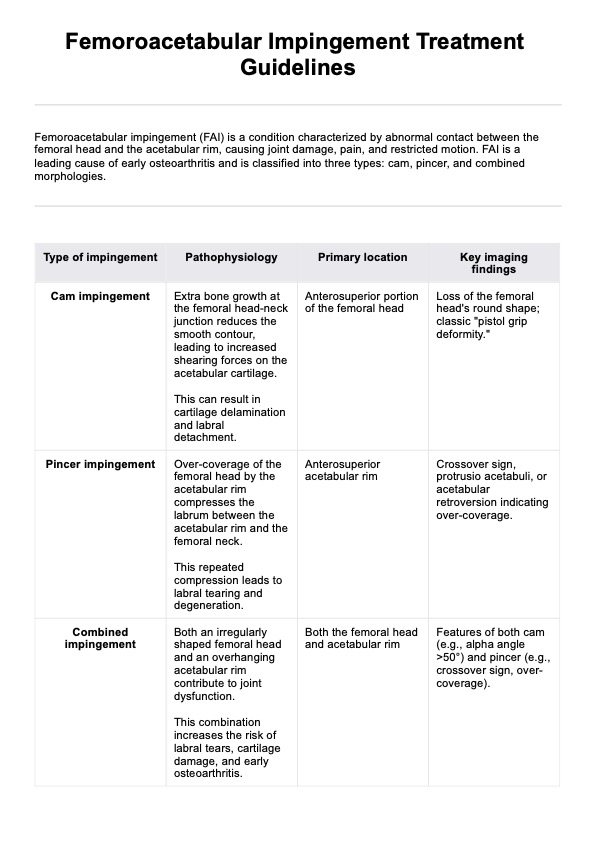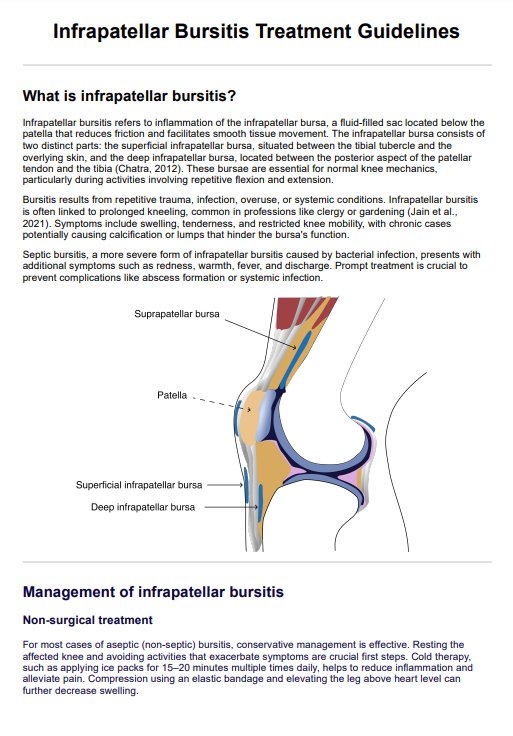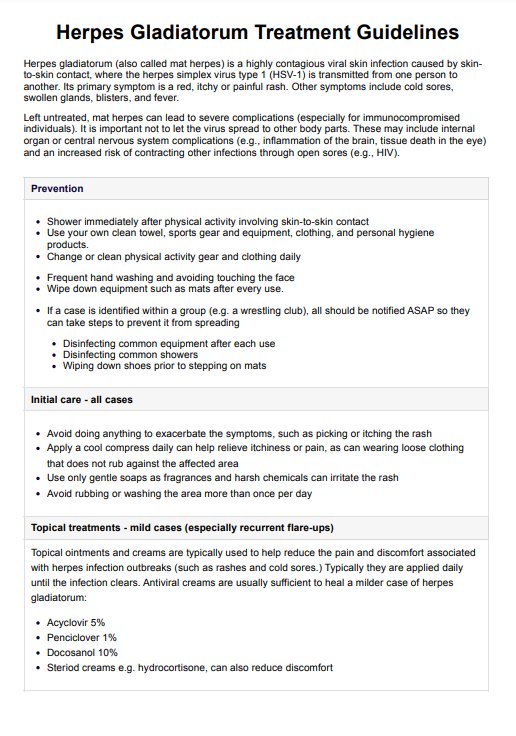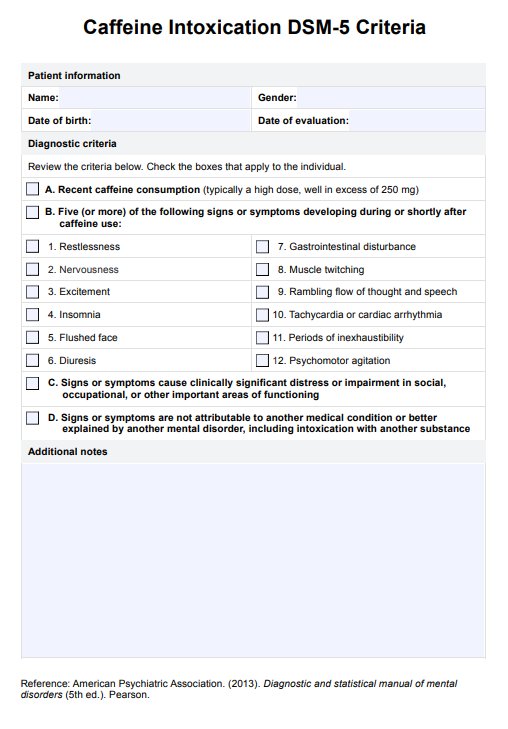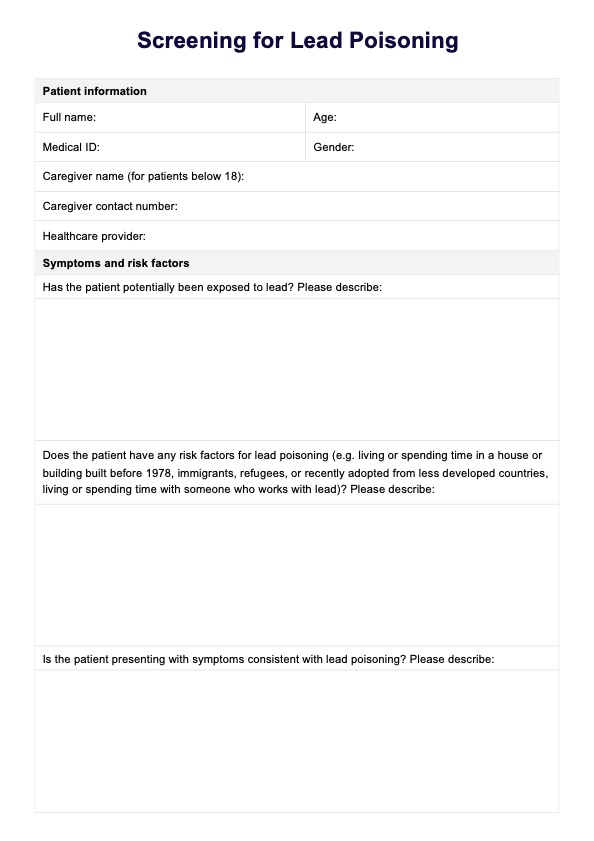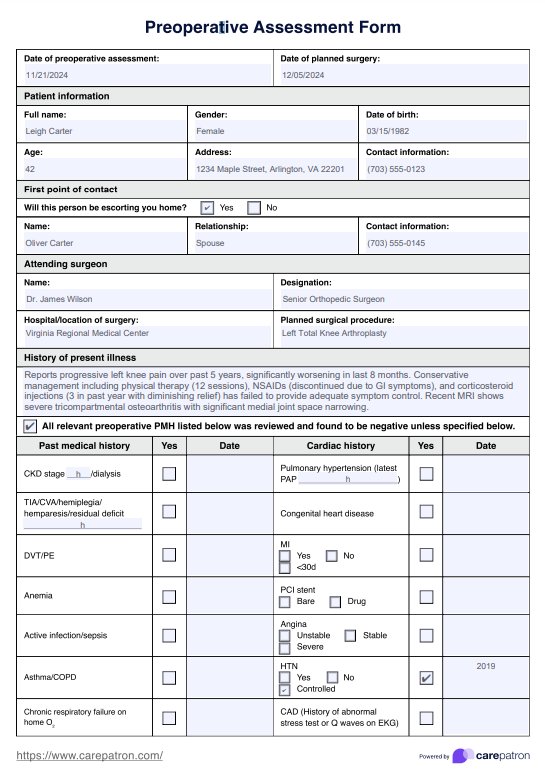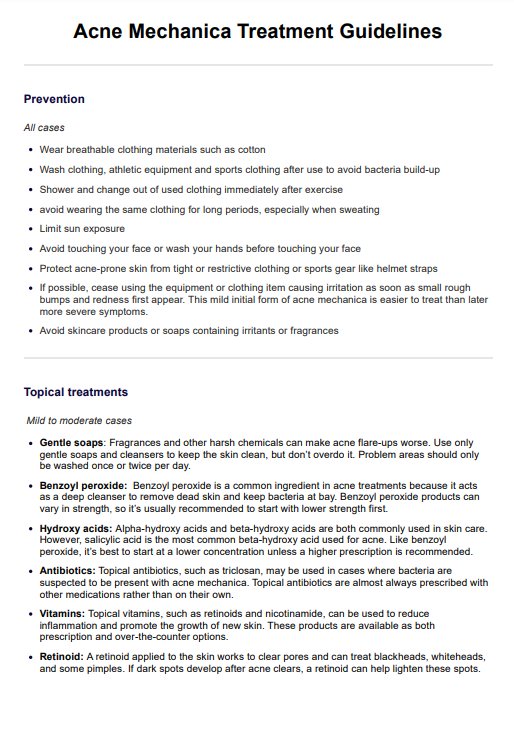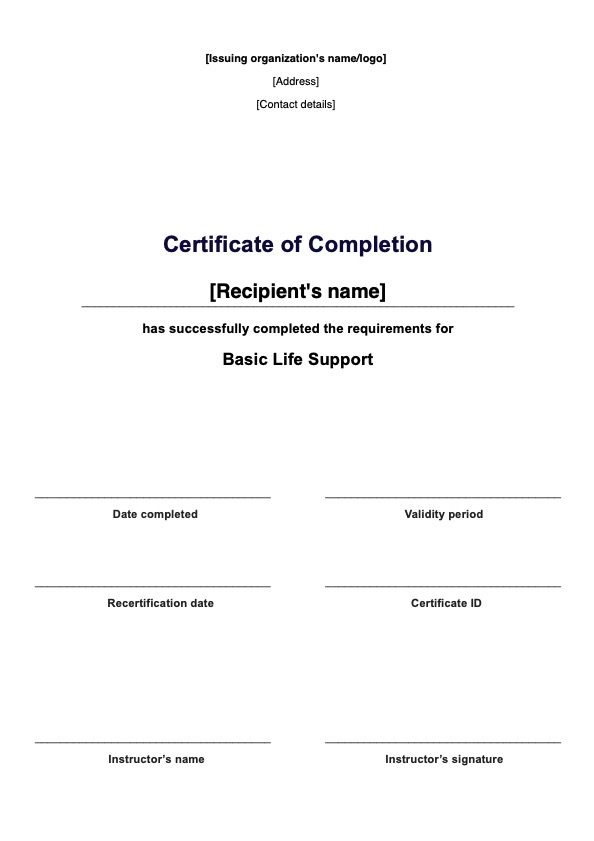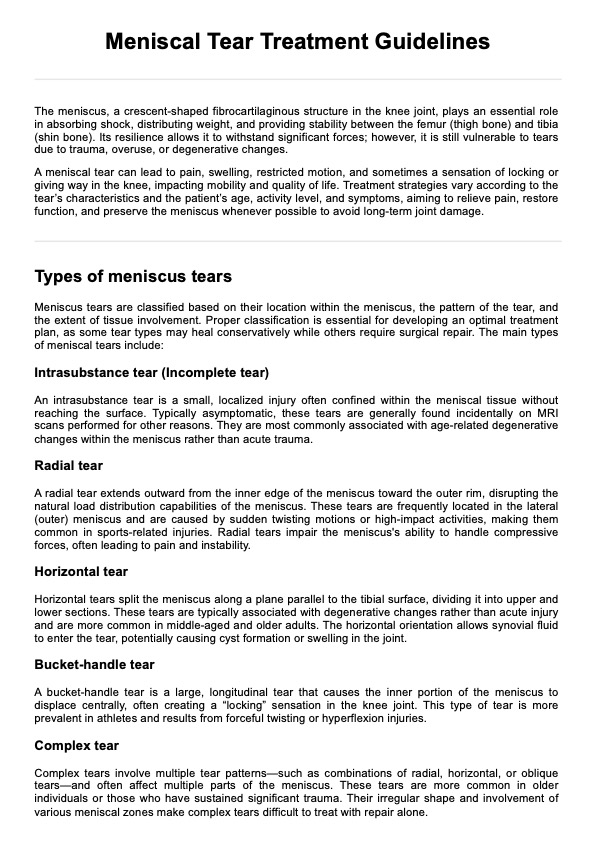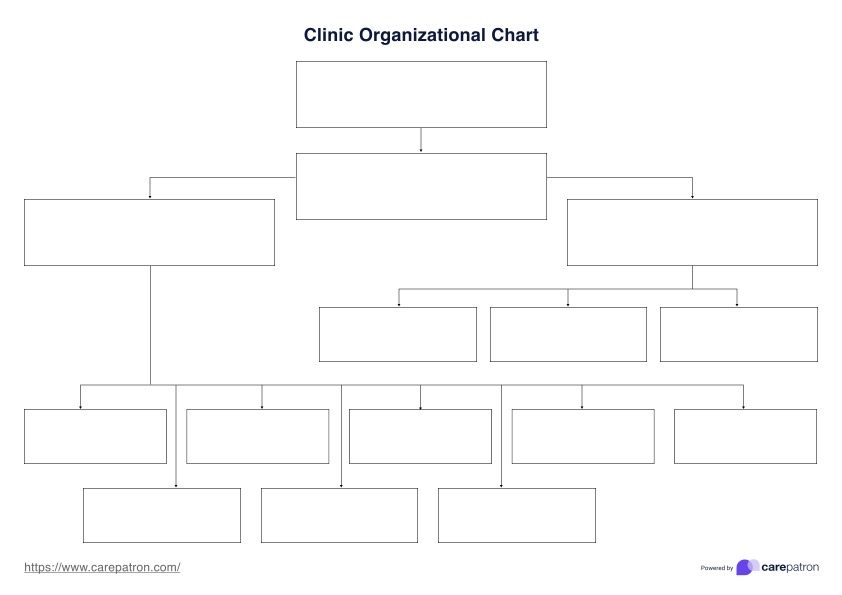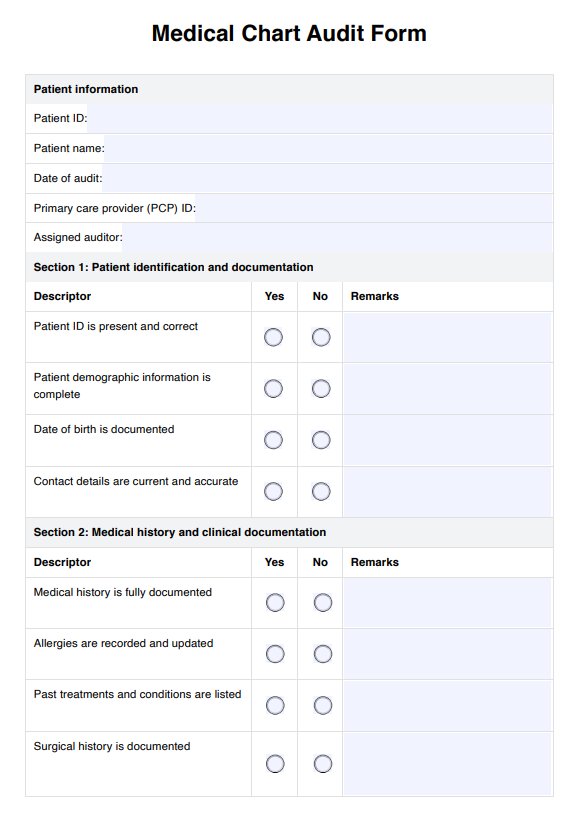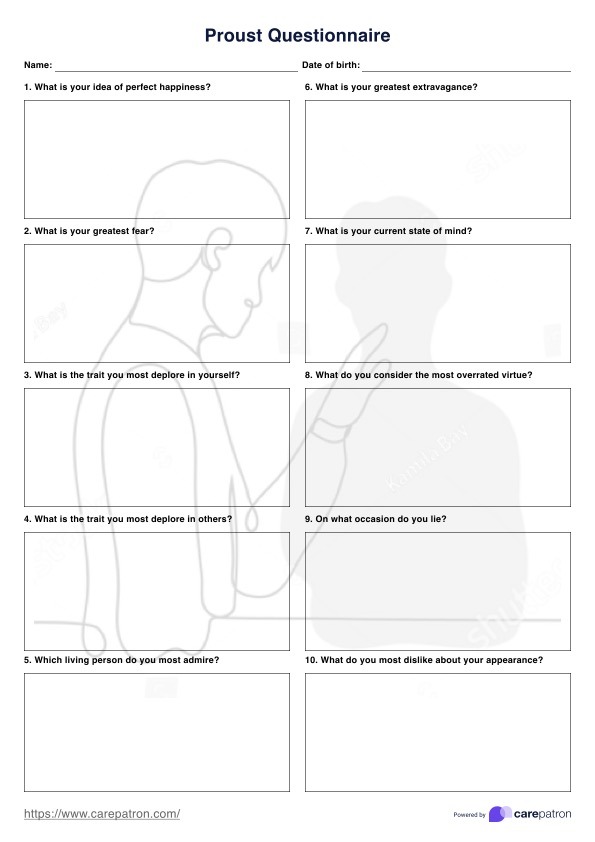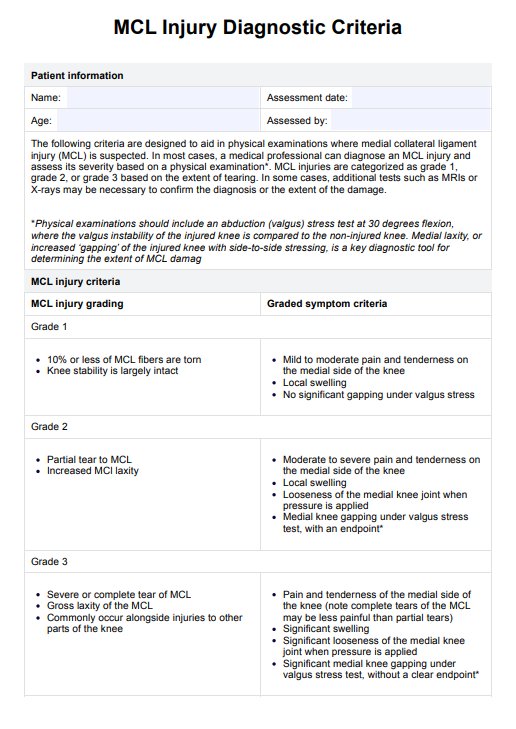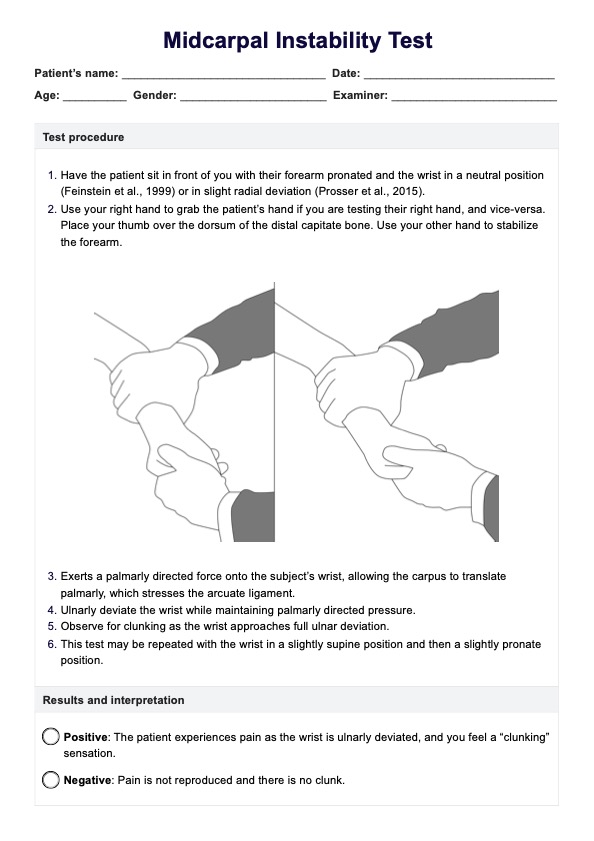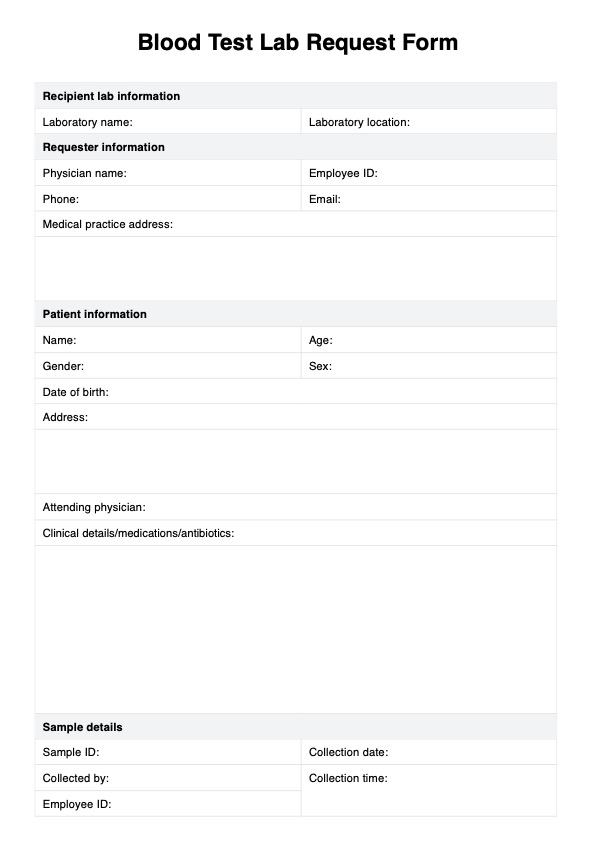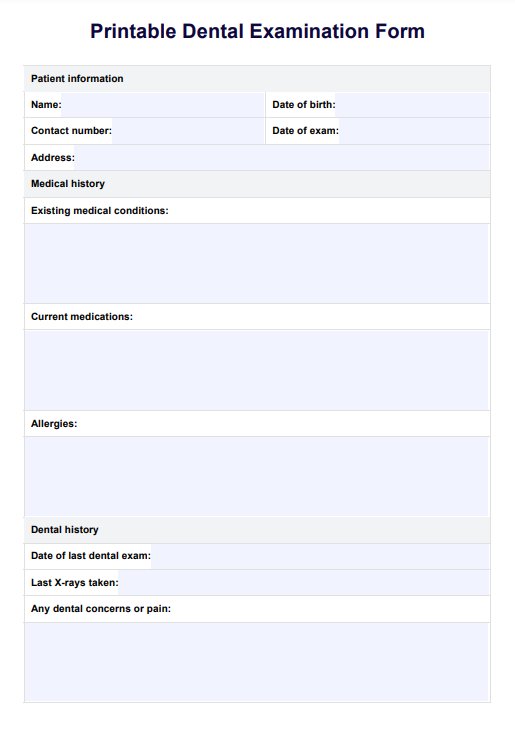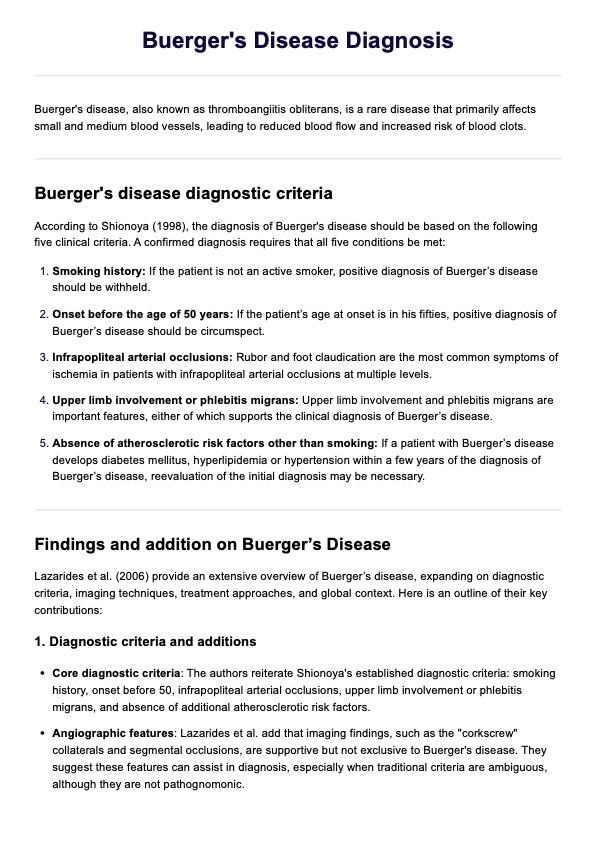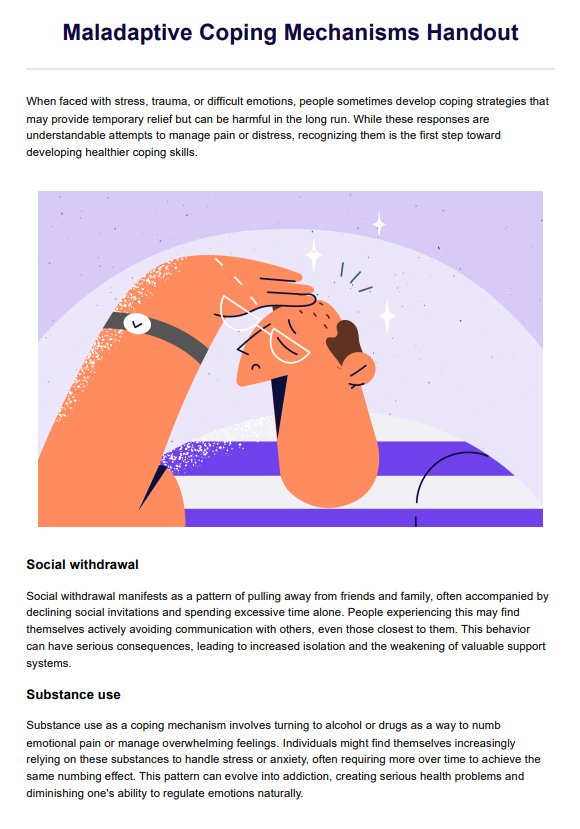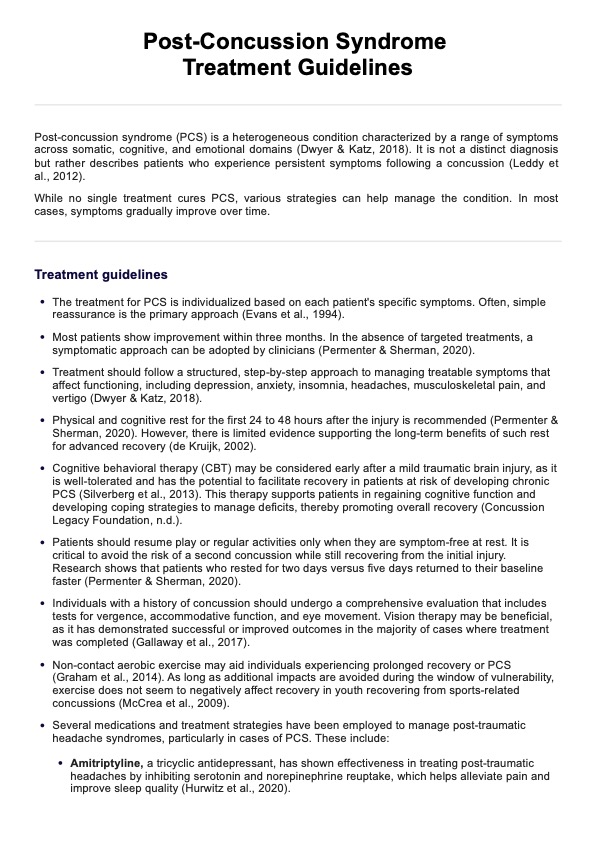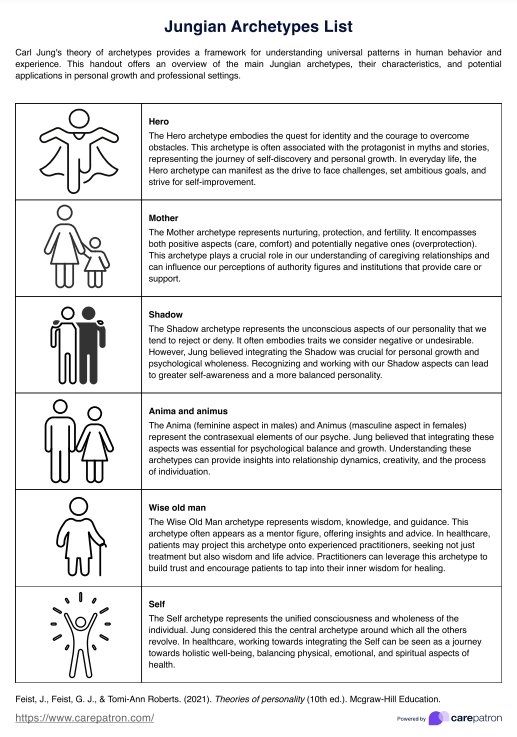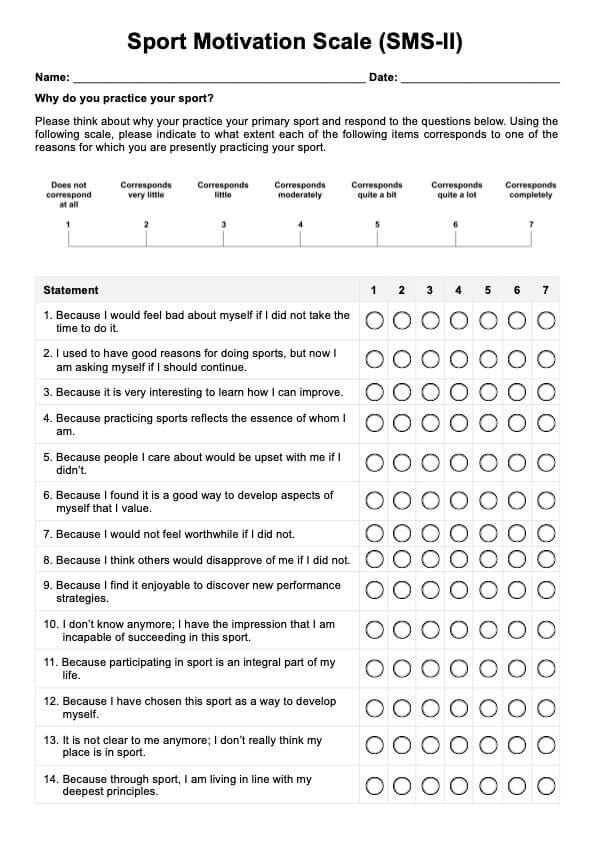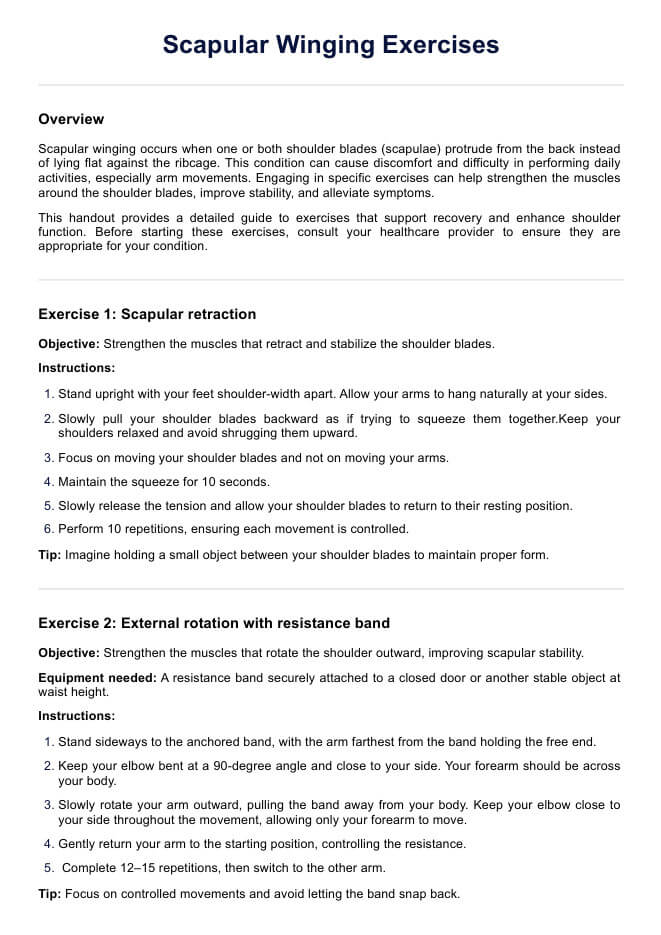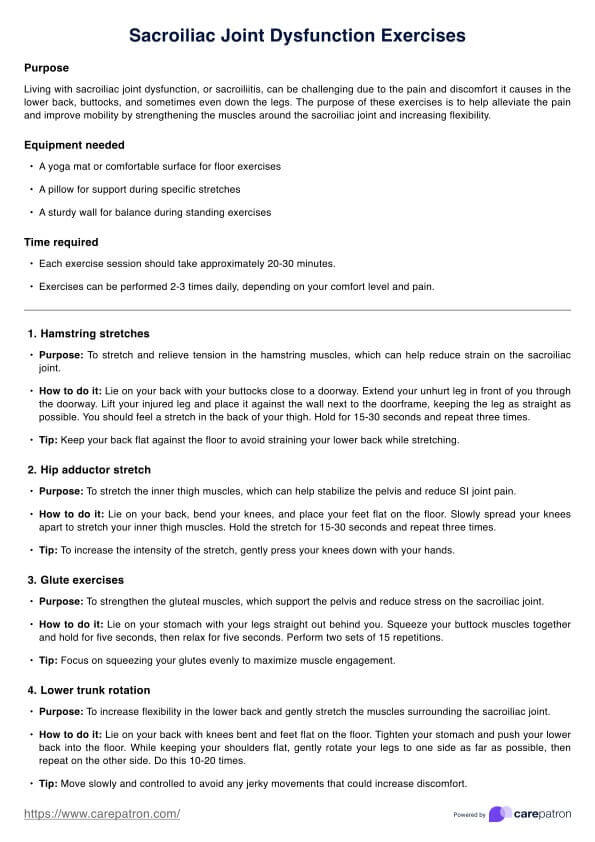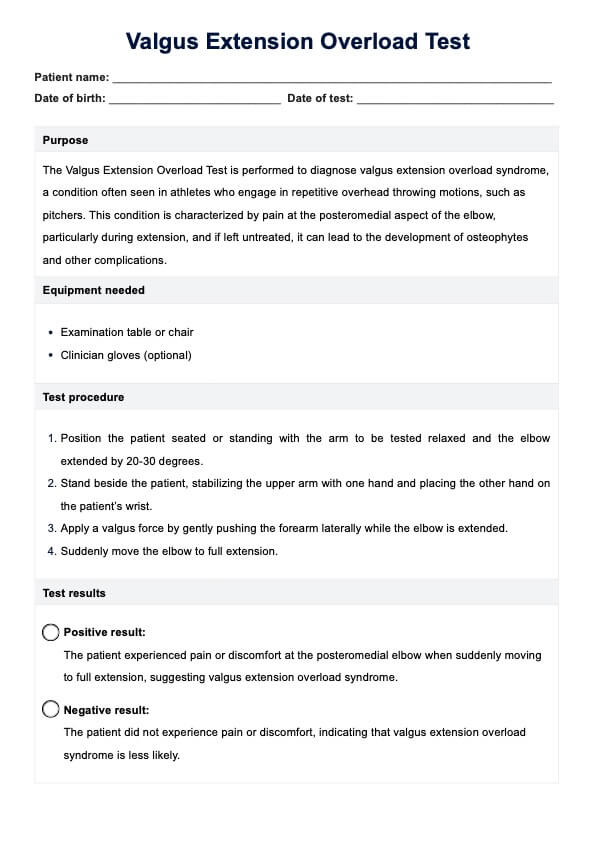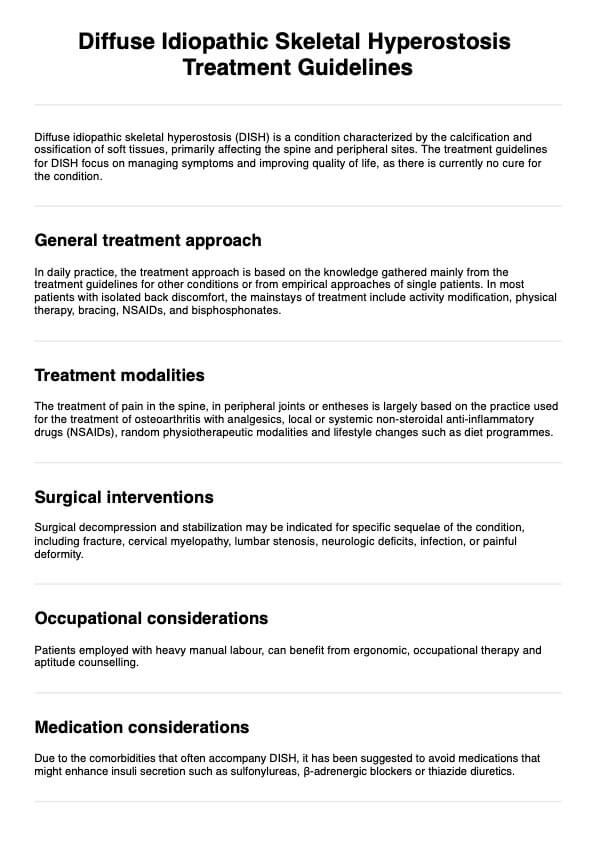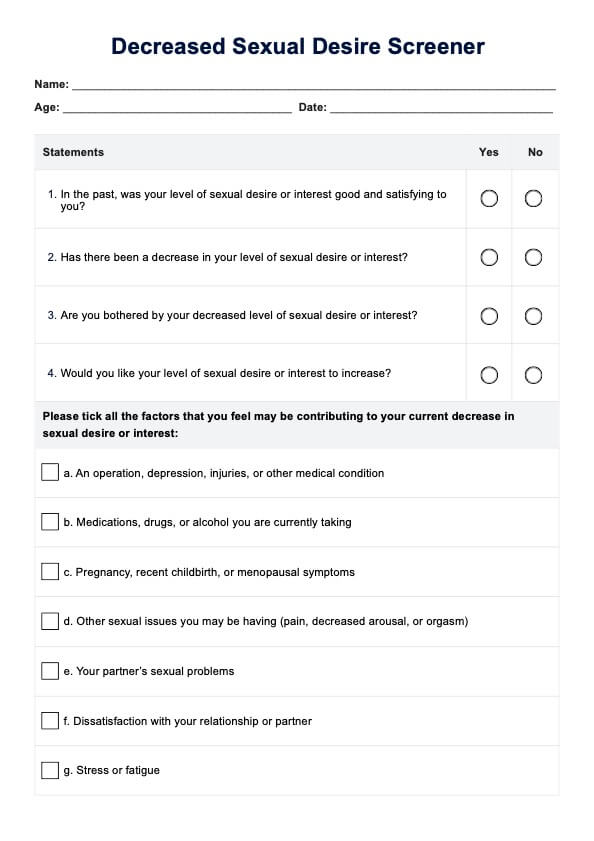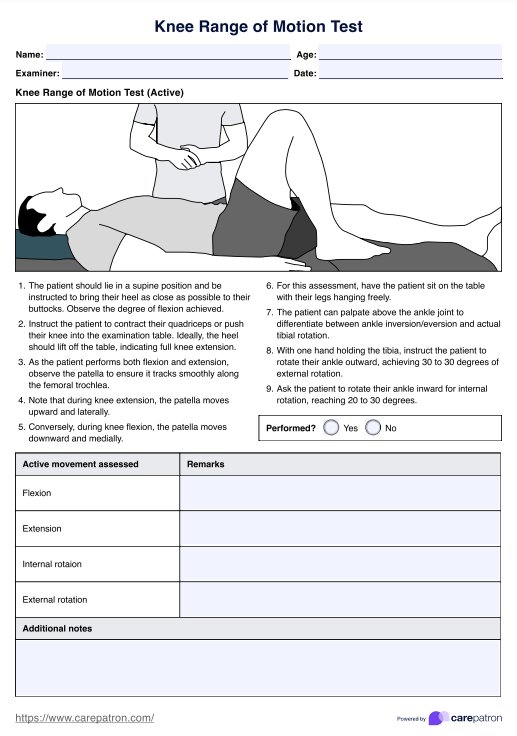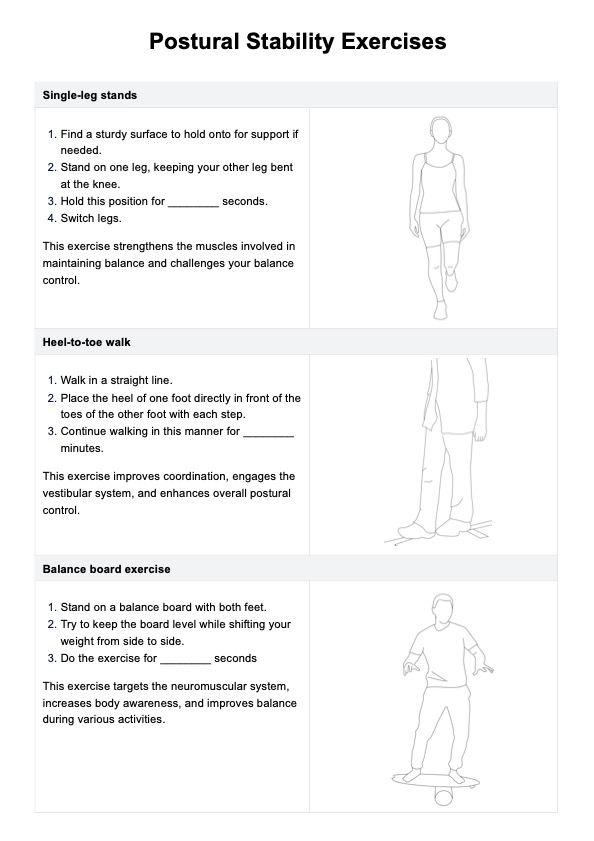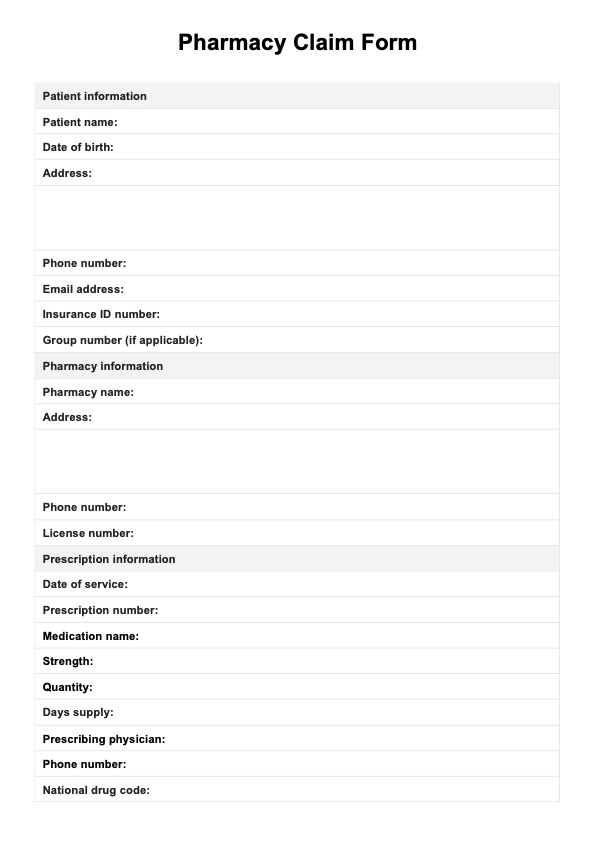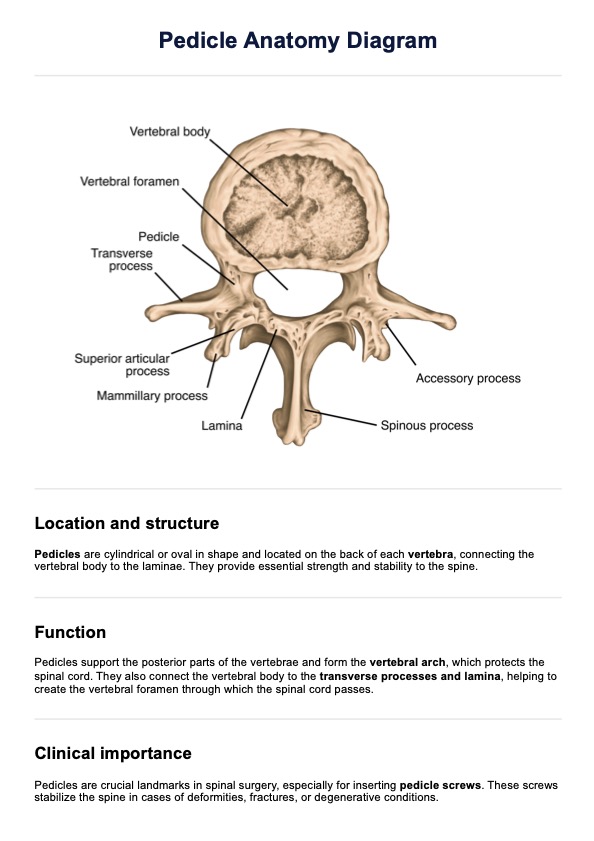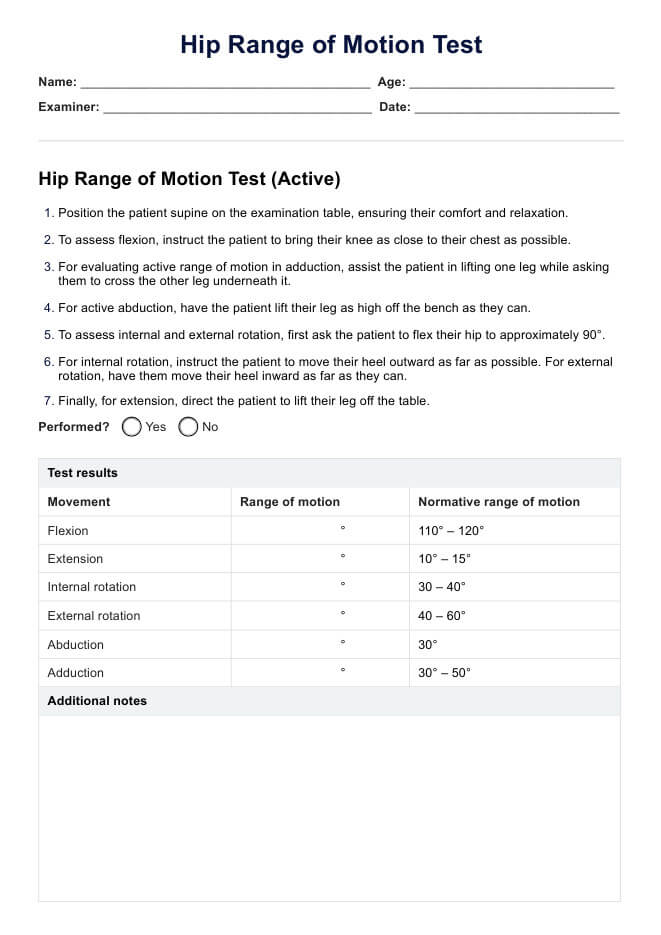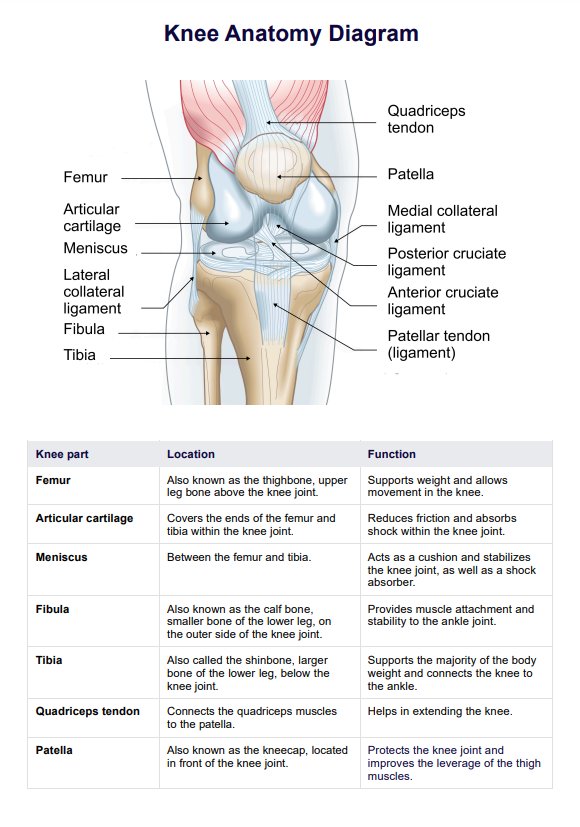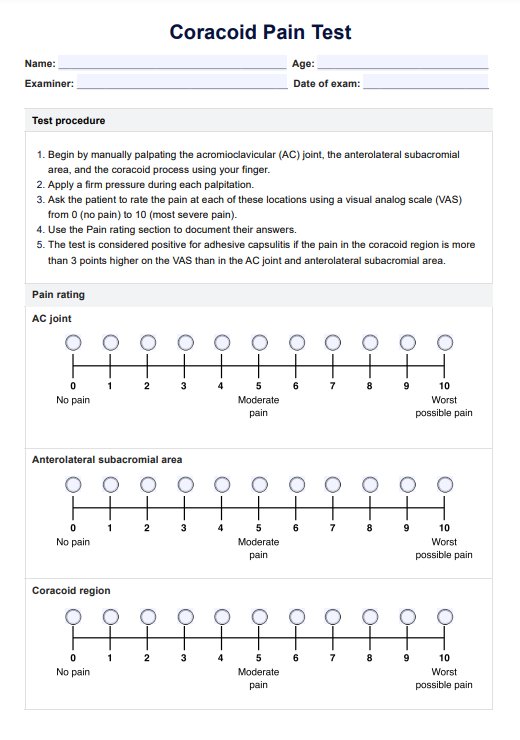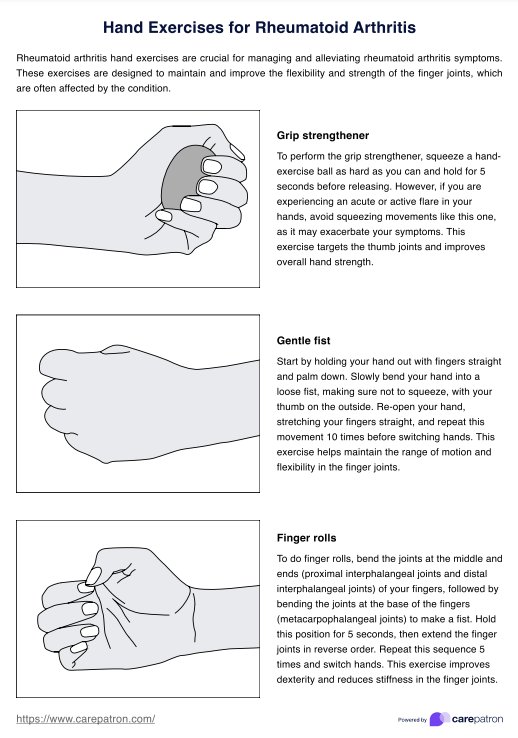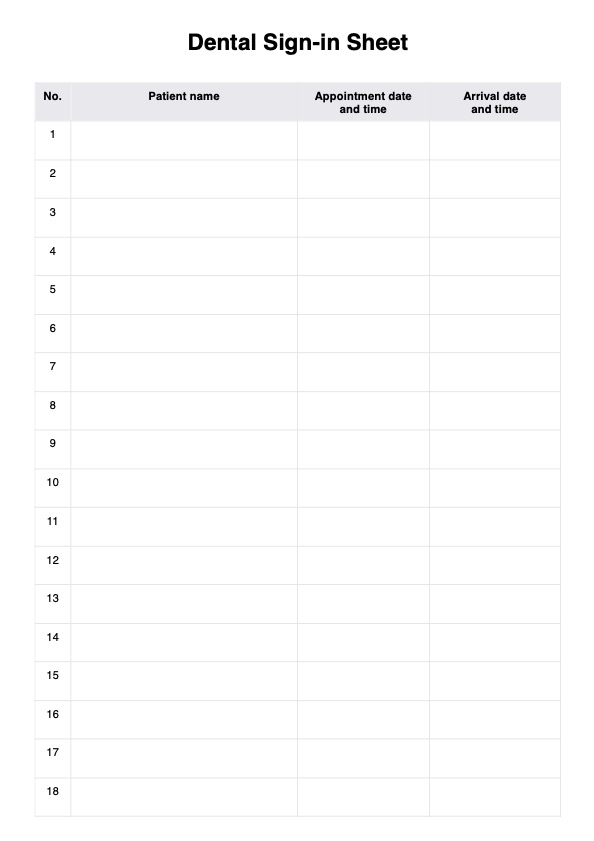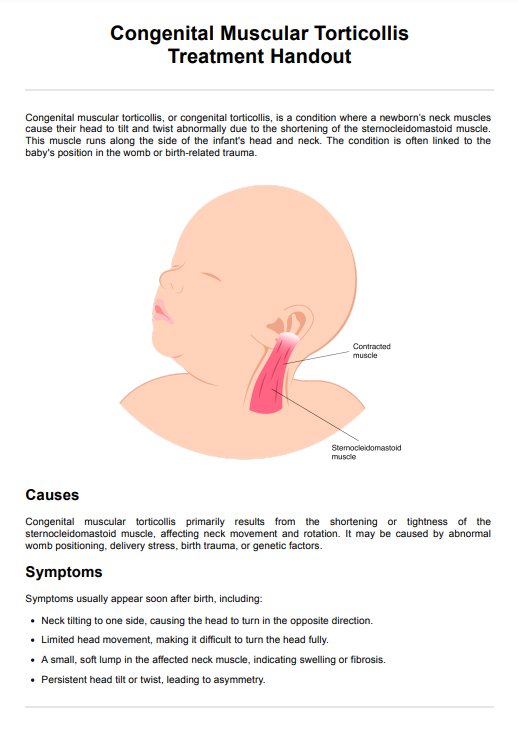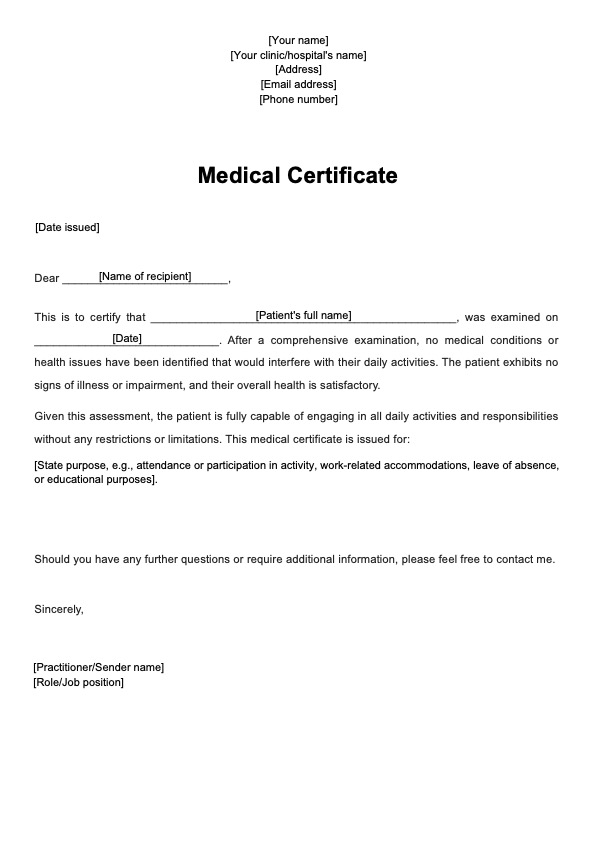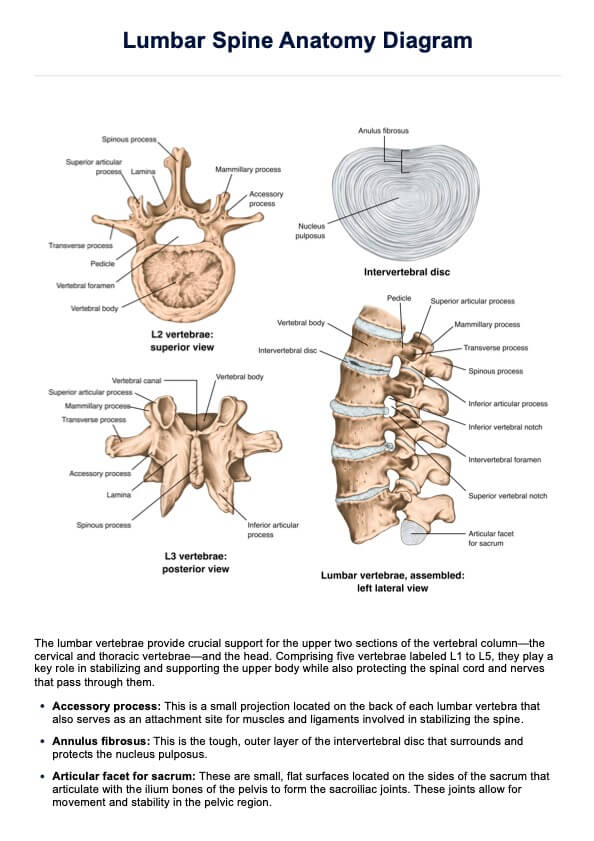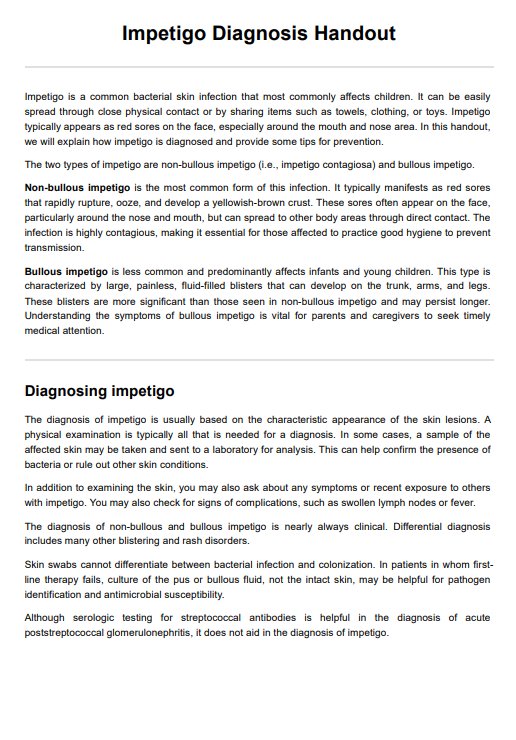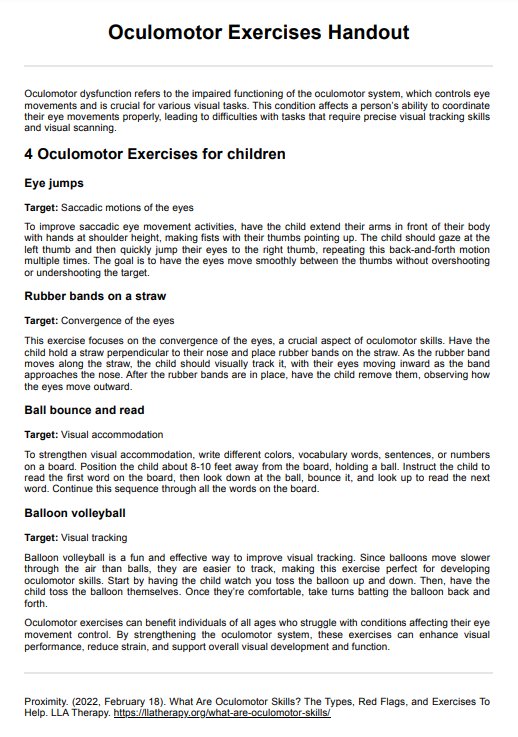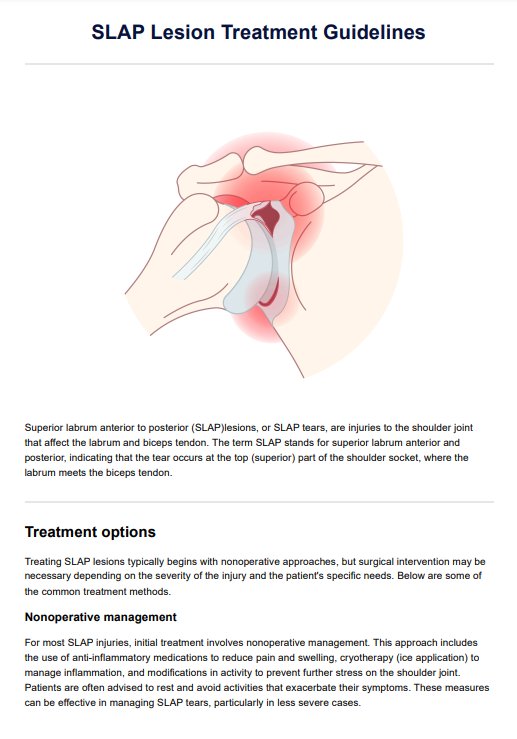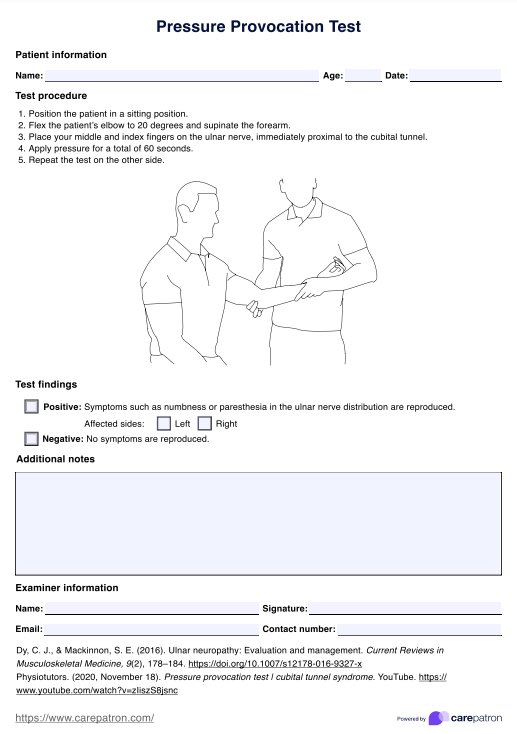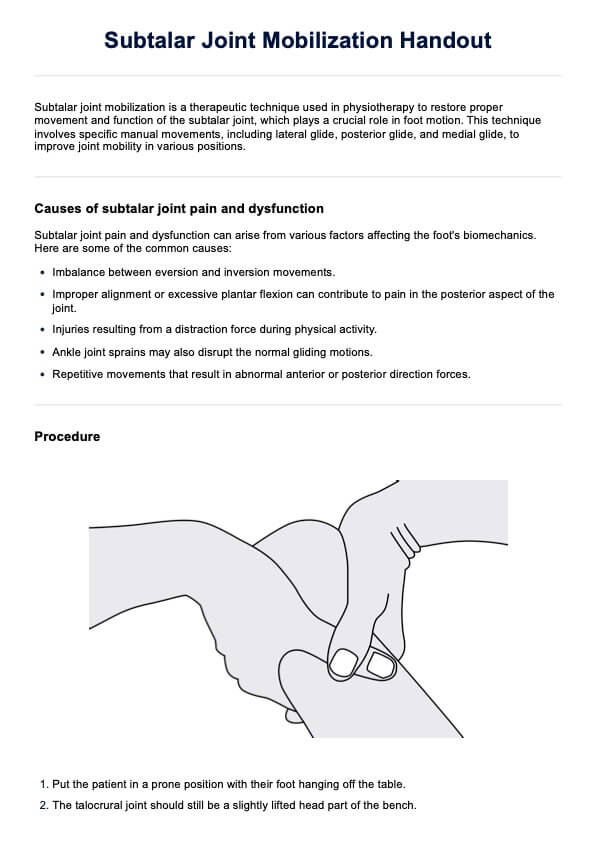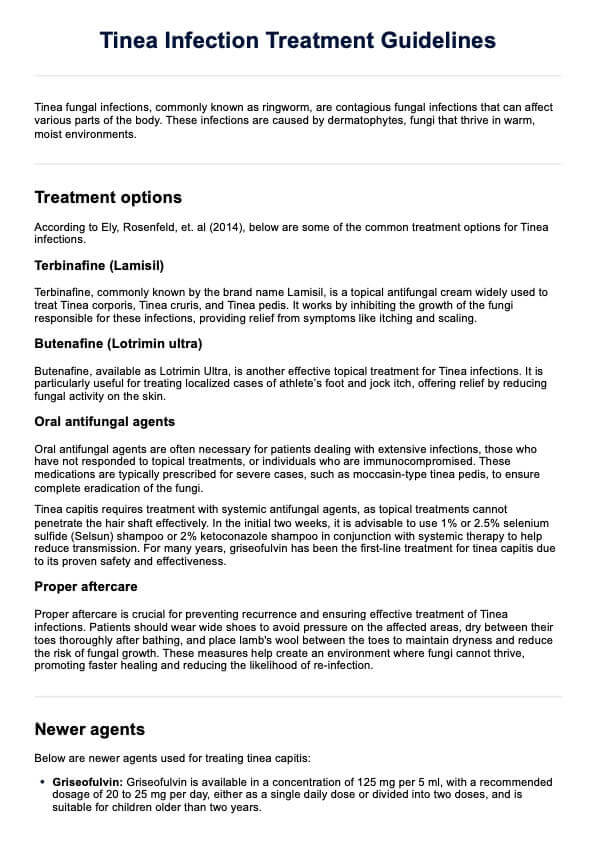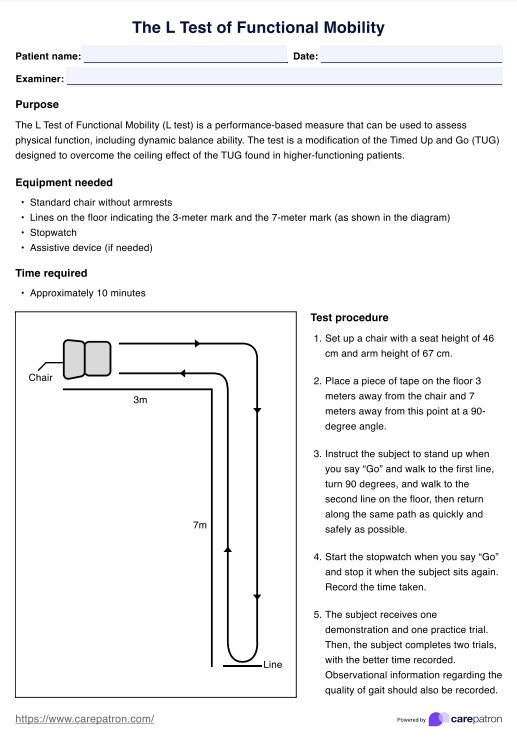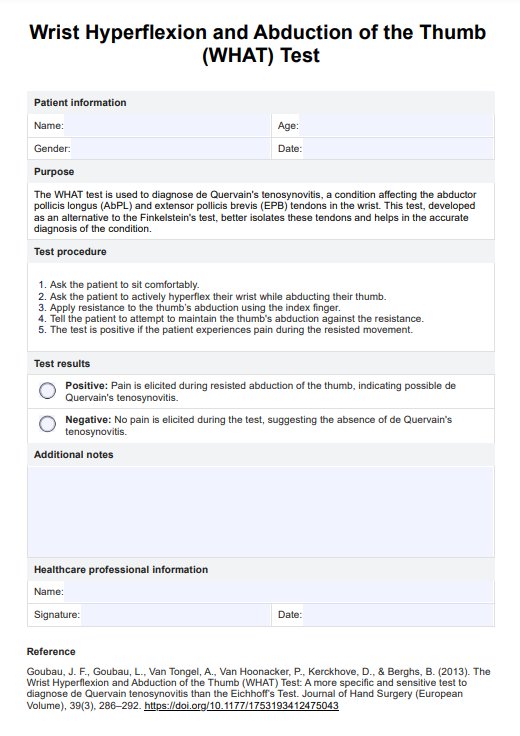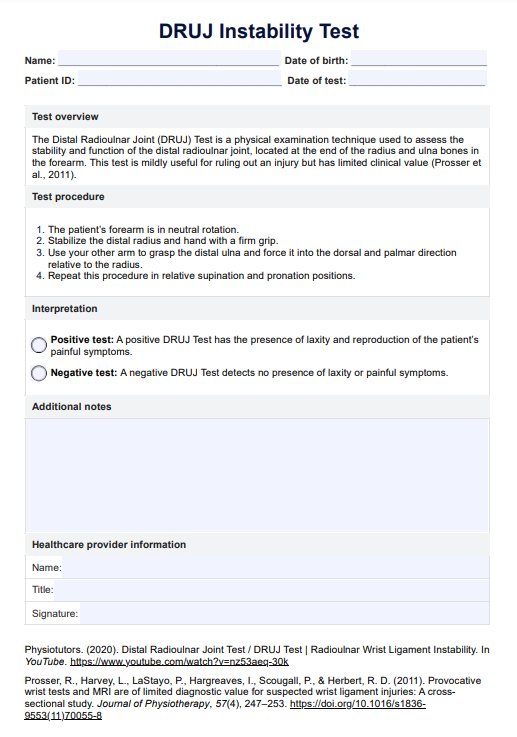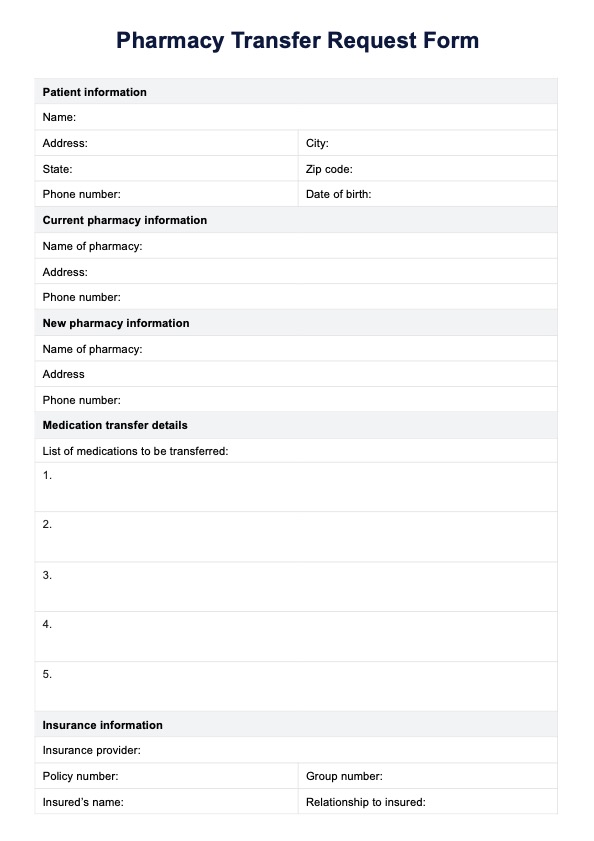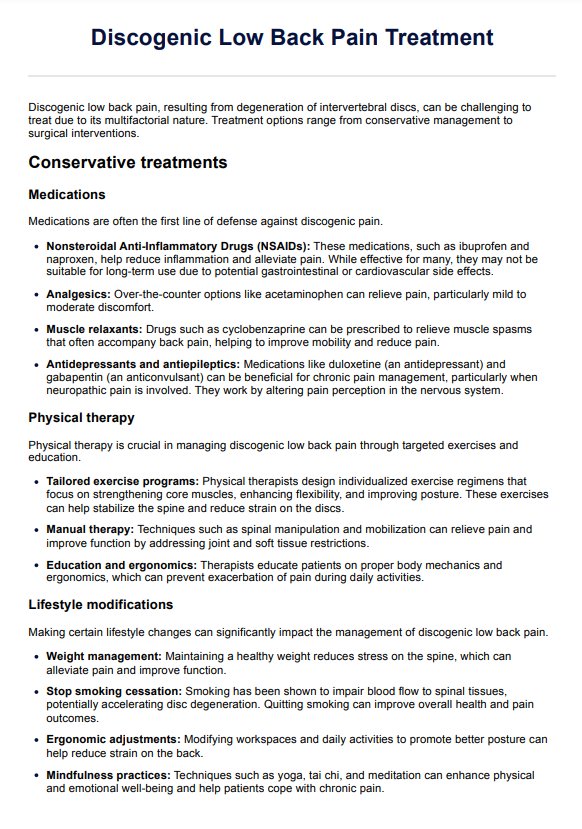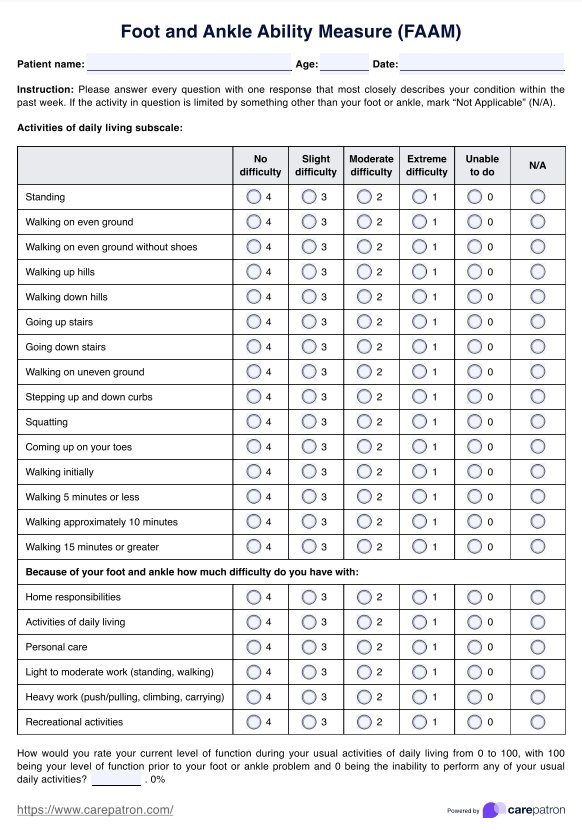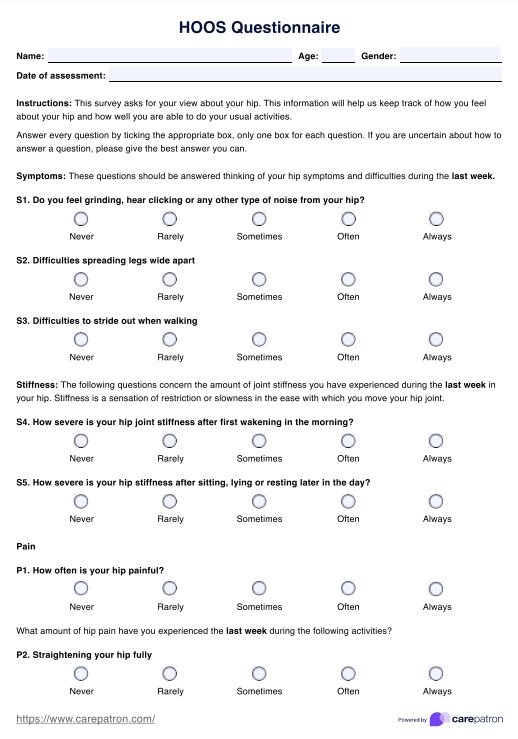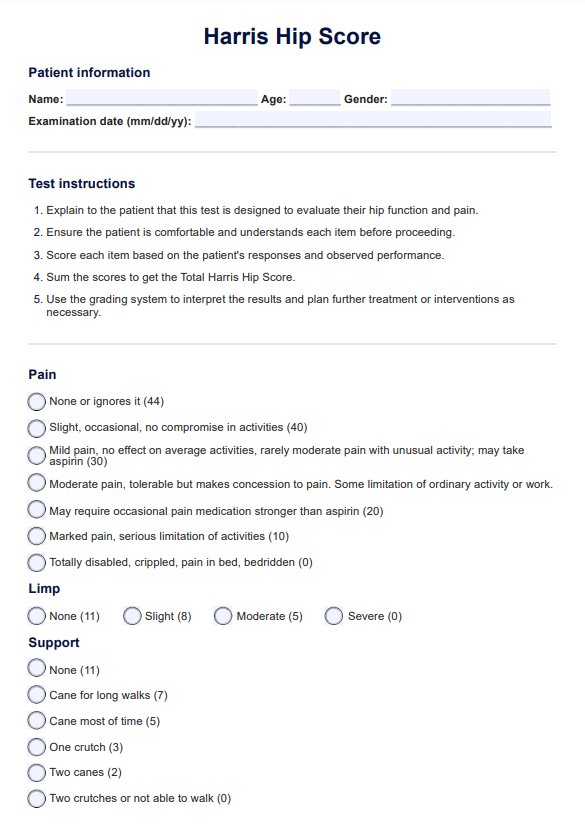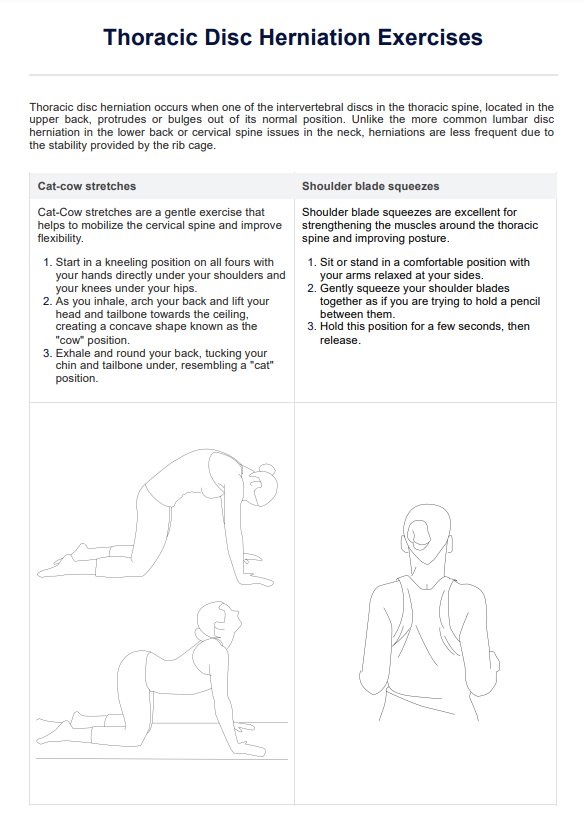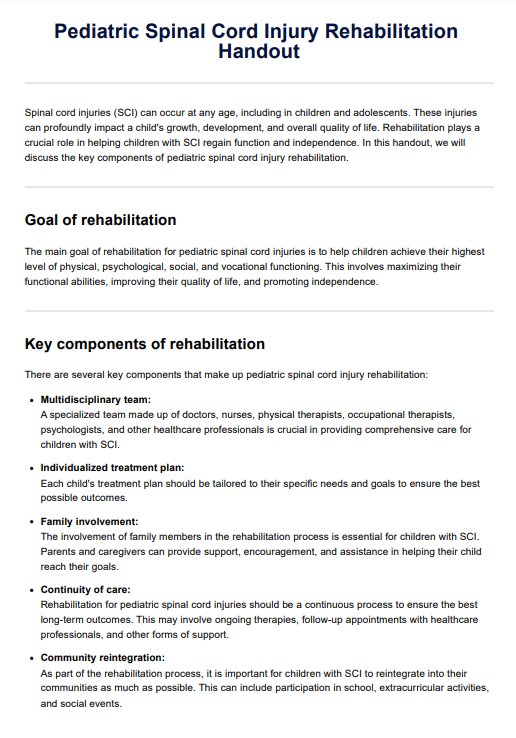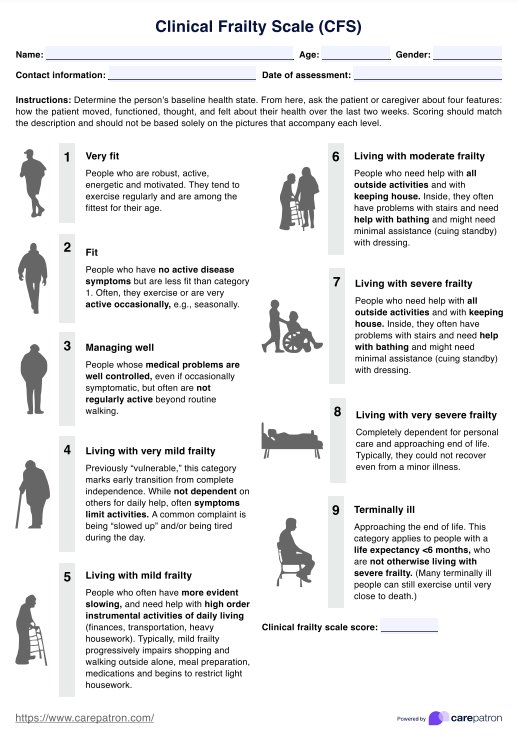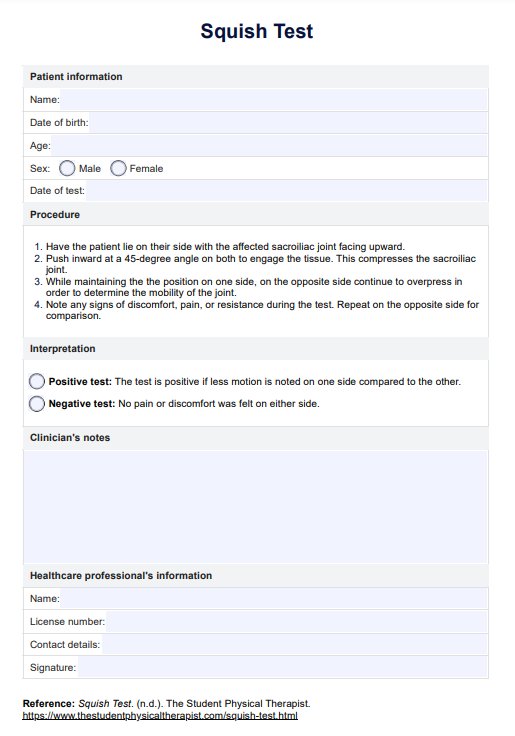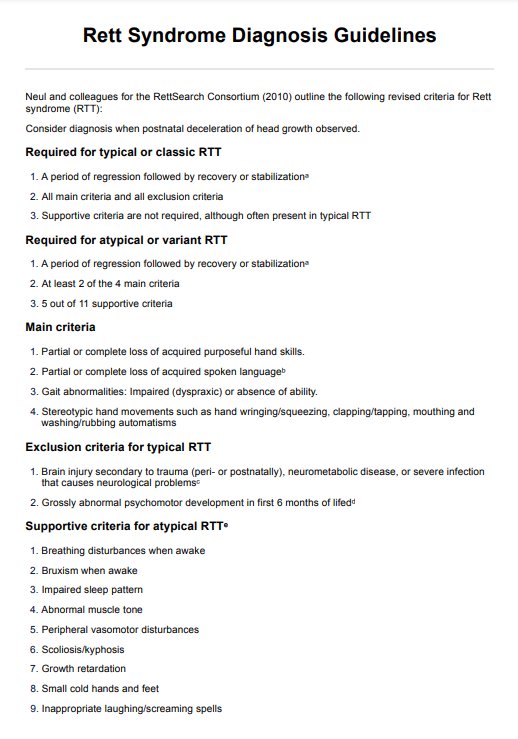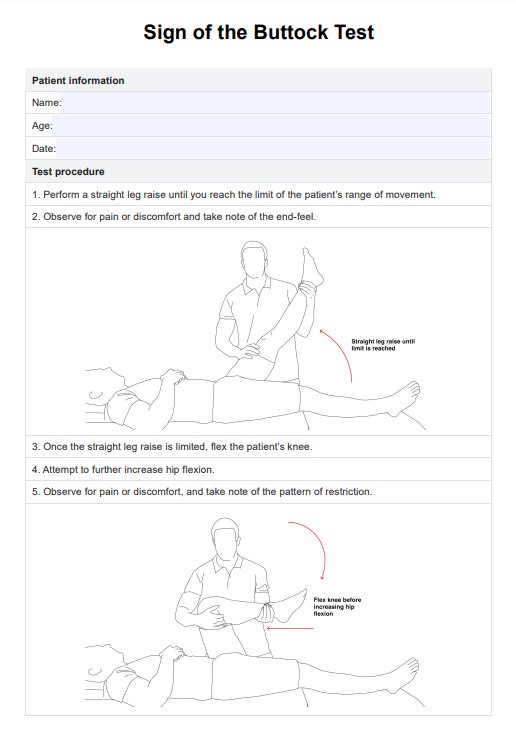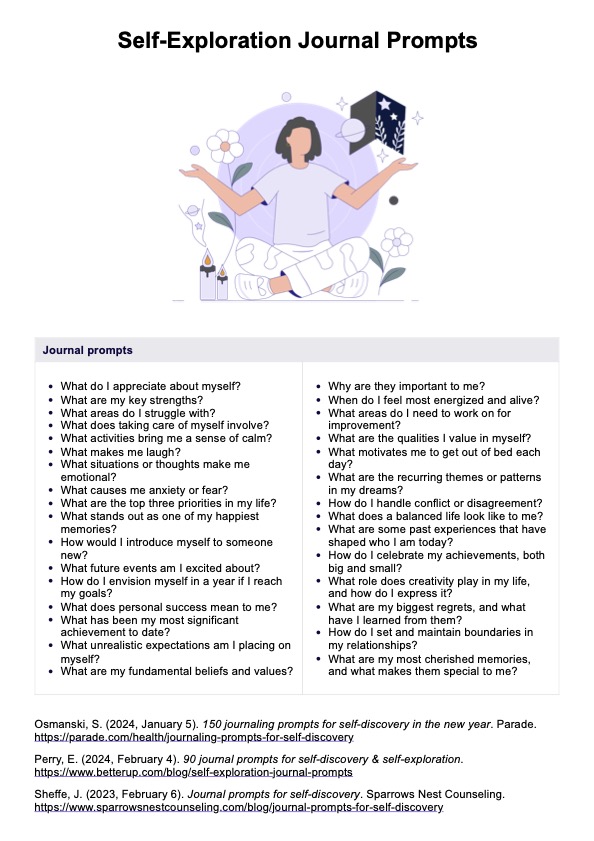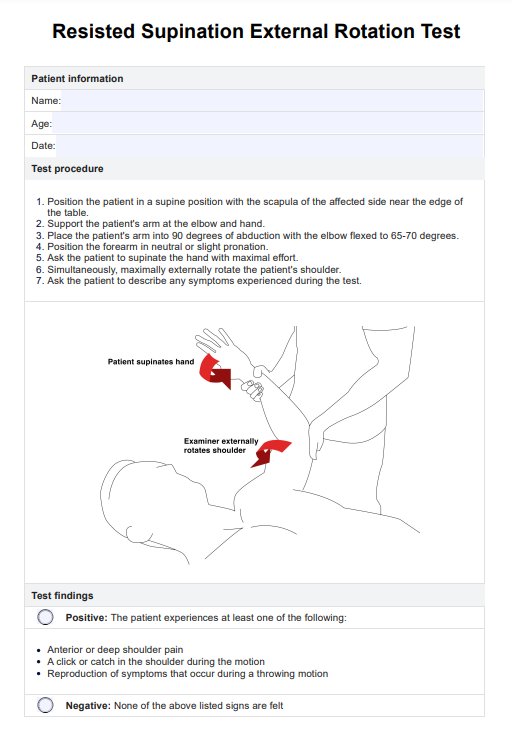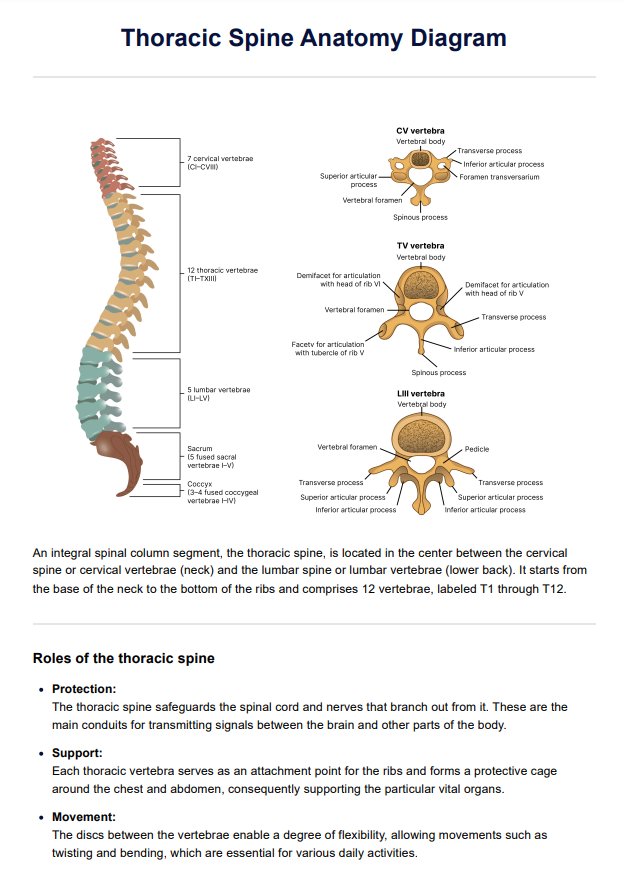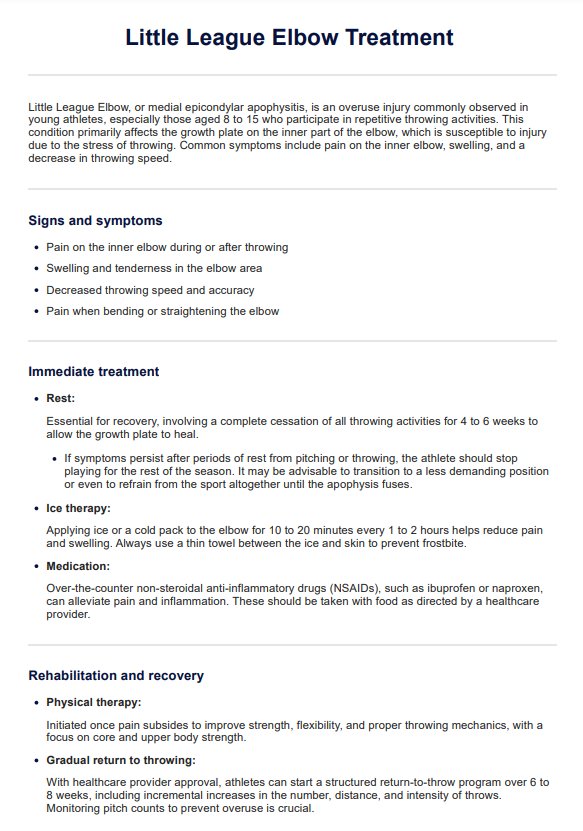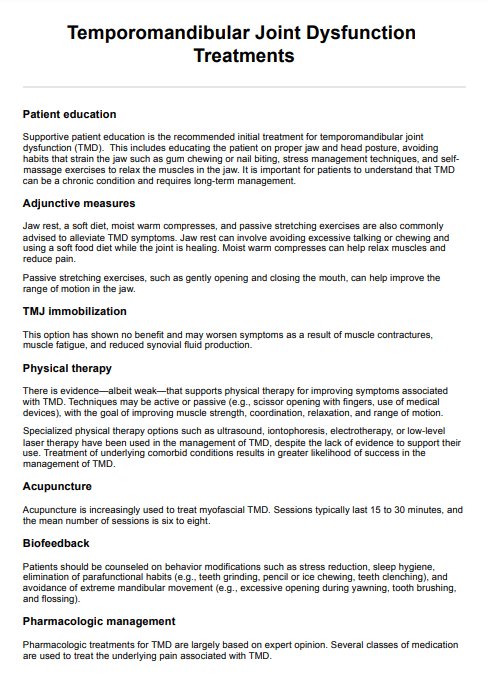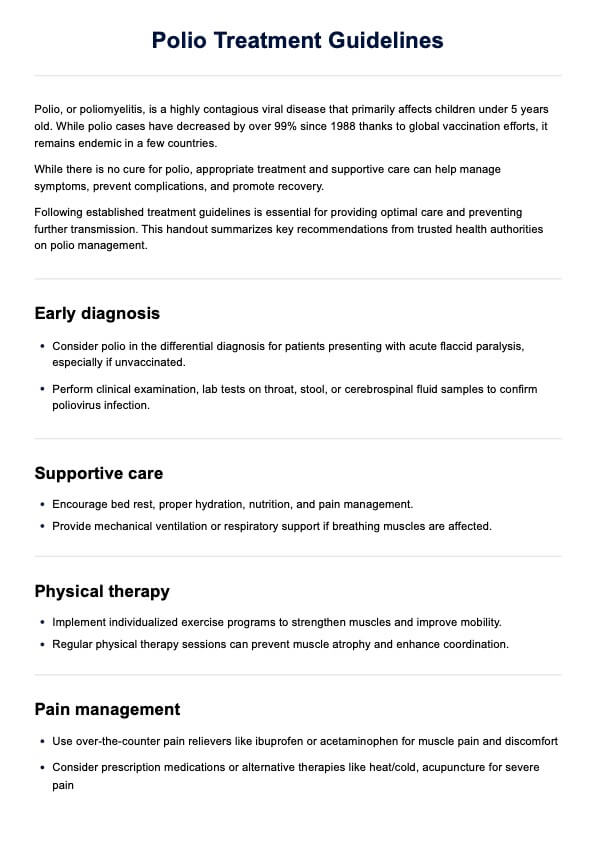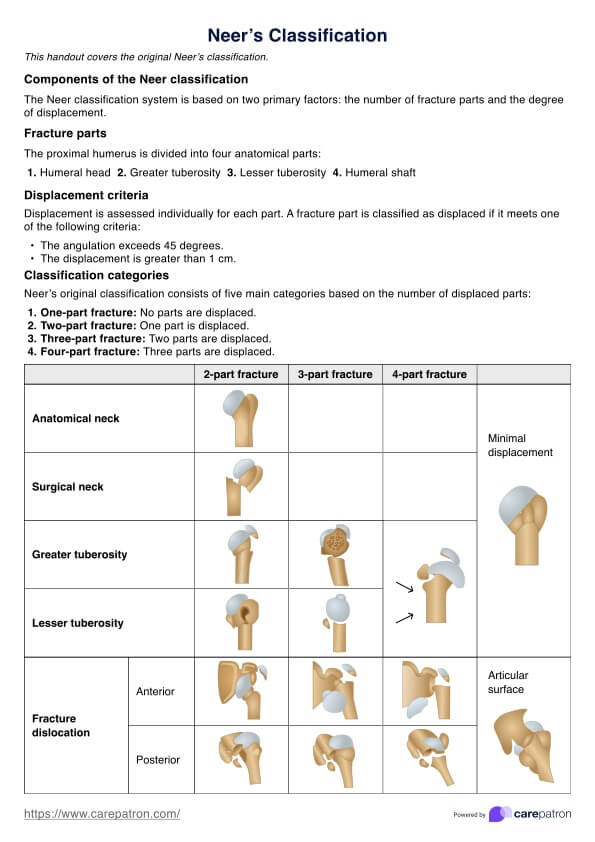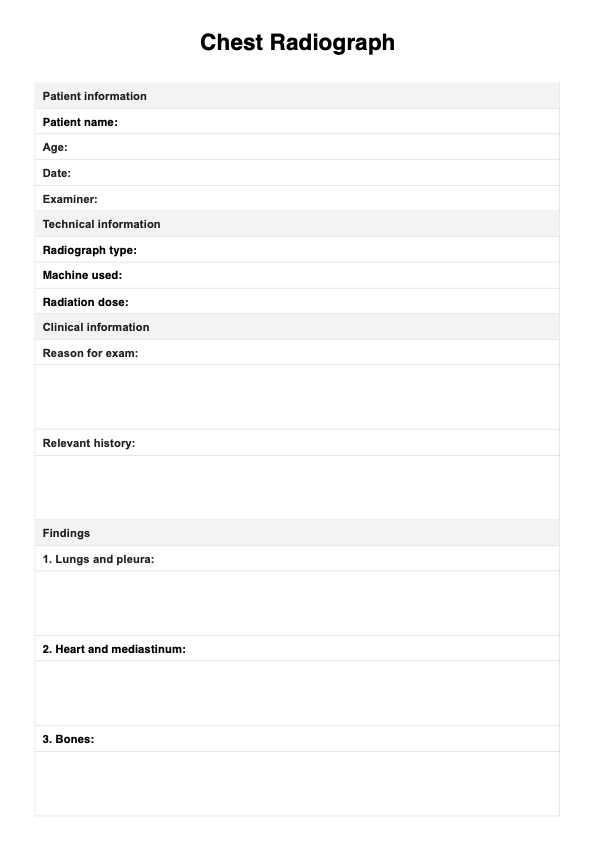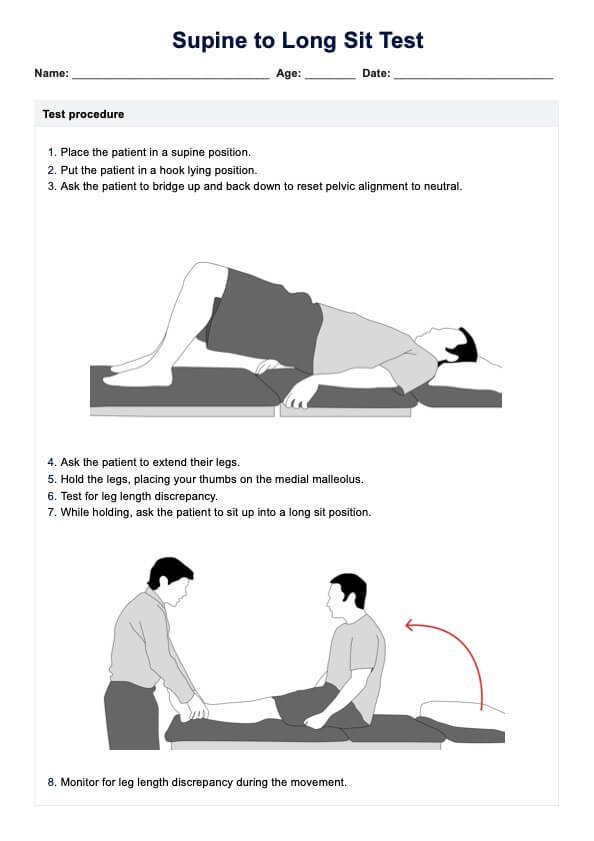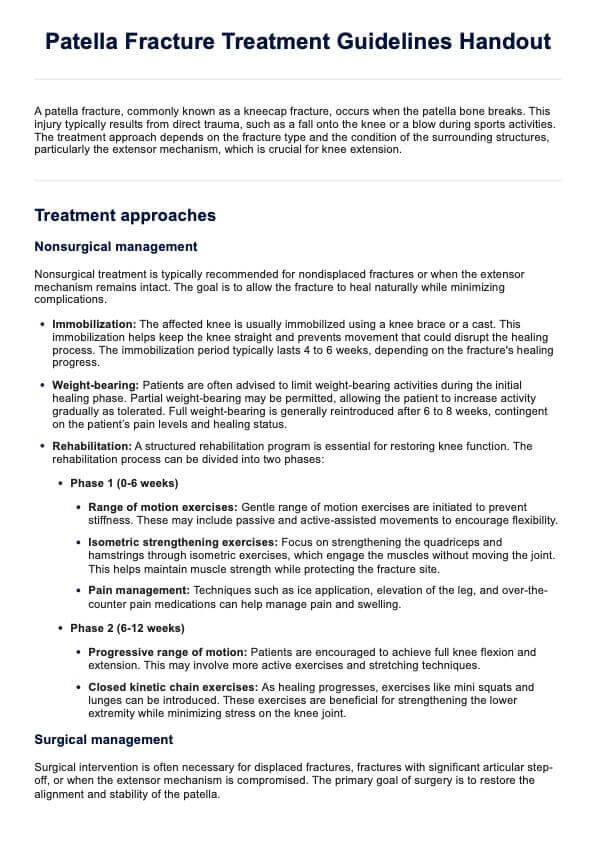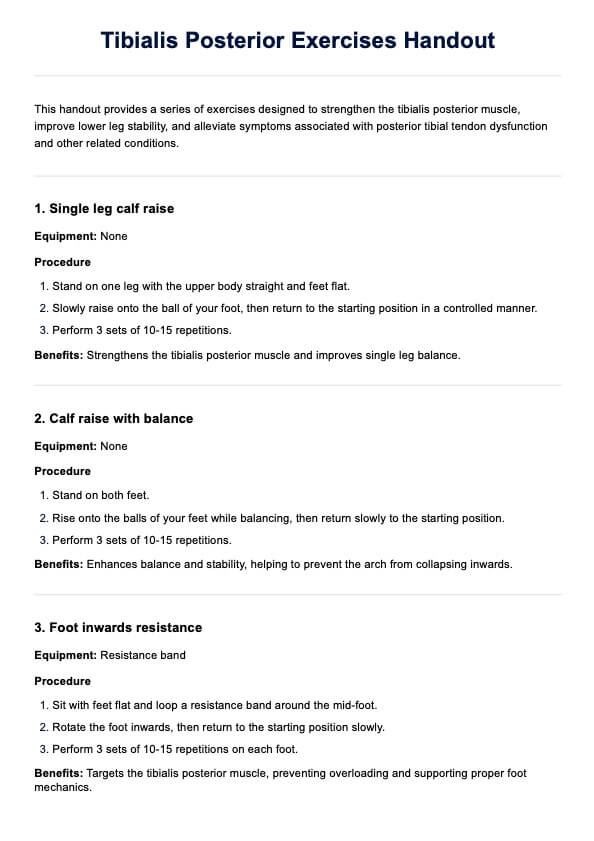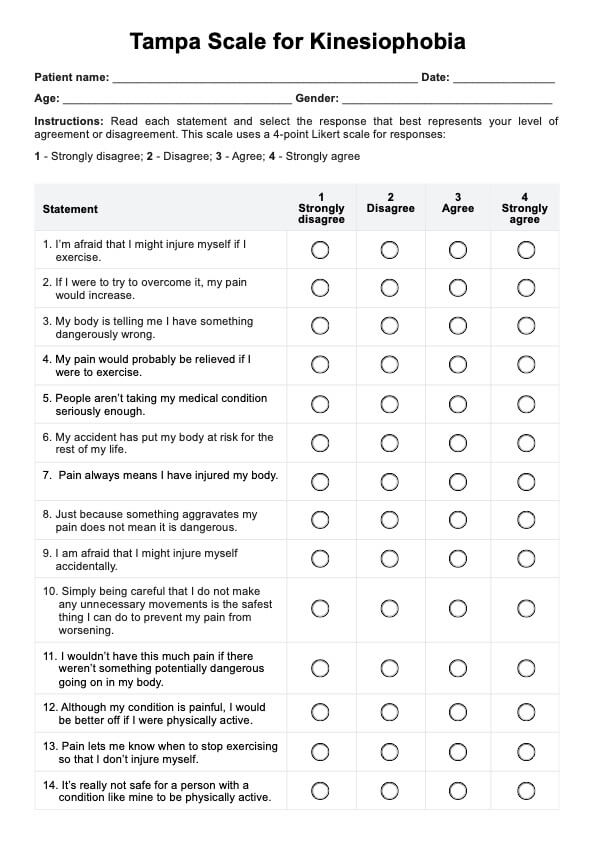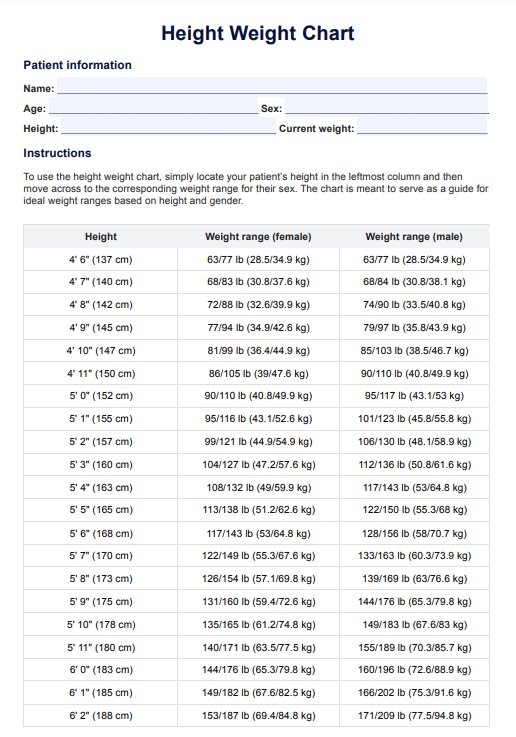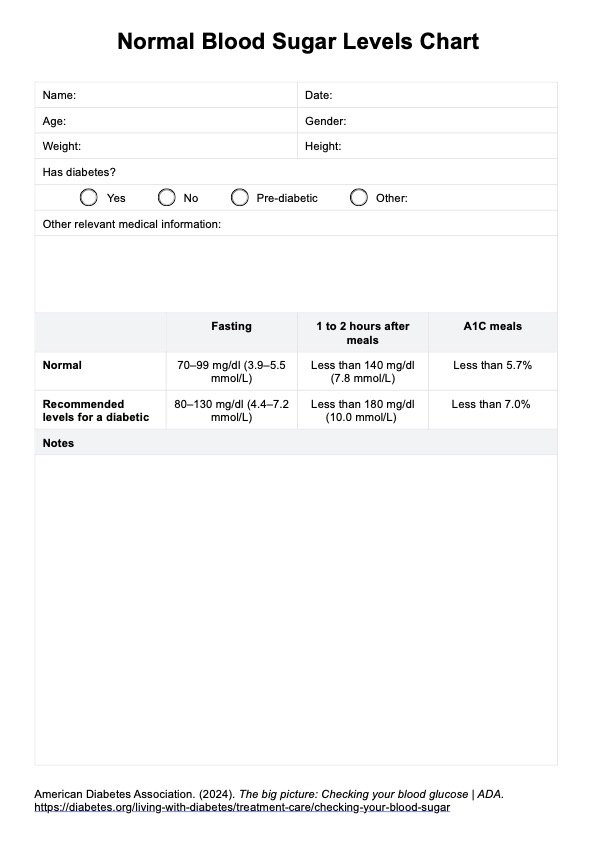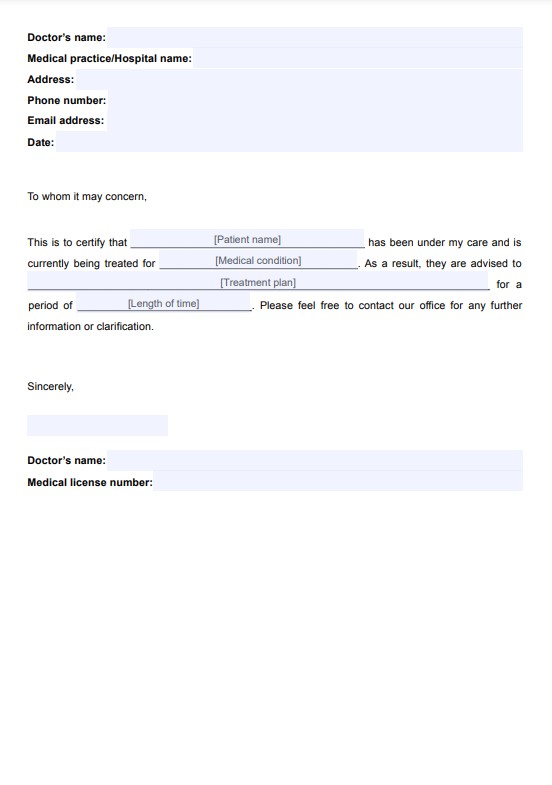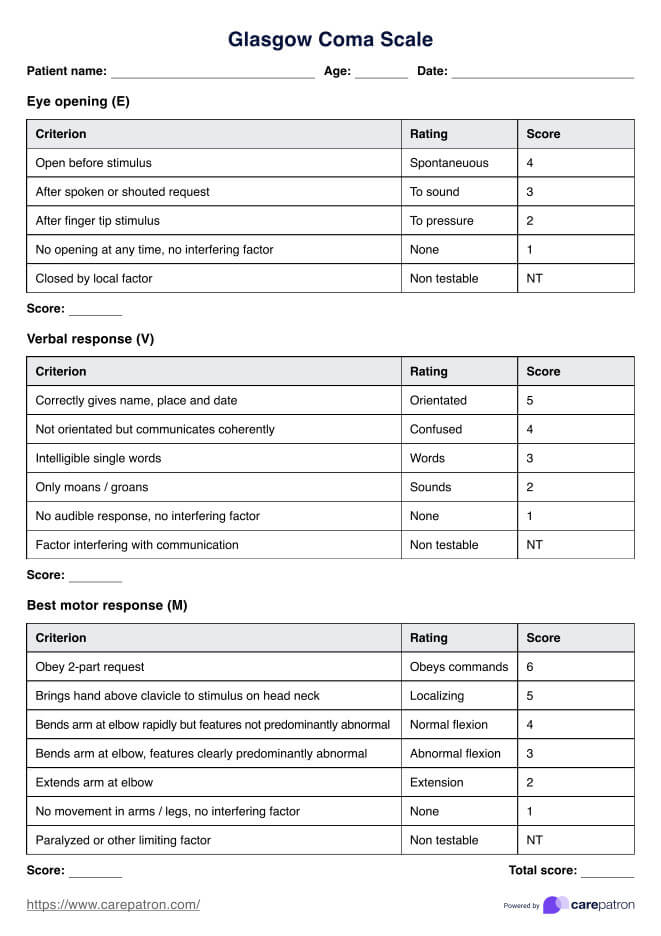Medical Decision Making Template
Explore the Medical Decision Making Template, a tool designed for clinicians to streamline documentation, improve accuracy, and simplify E/M coding. Learn more today!


What is a Medical Decision Making Template?
In the complex and ever-changing world of healthcare, making informed decisions is essential to delivering quality patient outcomes. The Medical Decision-Making Template is a vital tool for healthcare professionals, offering a structured approach to guide them through the often challenging decision-making process. It helps ensure that every critical step is addressed with clarity, precision, and empathy, supporting both patient-centered care and clinical expertise.
This template is a comprehensive resource that helps providers evaluate and document key aspects of patient care. From recording patient history and physical exam findings to interpreting diagnostic test results and assessing treatment options, it ensures all relevant factors are considered. By organizing information systematically, the template simplifies the decision-making process, making it particularly valuable in complex cases where multiple treatment options or significant risks must be weighed.
Designed to support thorough and efficient documentation, this tool enhances clarity and communication among healthcare teams. Whether used in primary care, specialty practices, or emergency settings, the template provides a consistent framework that helps clinicians deliver thoughtful, evidence-based care while maintaining high standards of documentation and patient safety.
Medical Decision Making Template
Medical Decision Making Template Example
How do you use the Medical Decision Making Template?
Here's how you can use our free and printable Medical Decision Making Template:
Step 1: Access the Medical Decision Making Template
Begin by obtaining the form. You can download it by clicking the "Download" or "Use Template" button. Alternatively, you can access the medical decision form through Carepatron’s template library, available on both the website and app for ease of access.
Step 2: Input essential patient information
Complete all relevant fields to ensure the form serves as a comprehensive and accurate medical record. This includes recording the patient's name, date of birth, gender, and chief complaint. Providing detailed patient information sets the foundation for informed decision-making and documentation.
Step 3: Document clinical history and examination findings
Use the designated sections of the form to record the patient's clinical history, including the history of present illness, past medical history, family history, and social history. Additionally, document physical examination findings such as vital signs and general appearance. Completing these sections provides a full picture of the patient's health status.
Step 4: Record medications, allergies, and test results
Input current medications, allergies, and any diagnostic test results into the appropriate fields. Ensure pending tests are also listed for follow-up. This step consolidates all relevant medical data into one form, facilitating thorough clinical assessment and planning.
Step 5: Input the level of decision making
Carefully assess the complexity of the case and determine the appropriate level of medical decision-making. Make sure the selected options accurately reflect the patient’s clinical presentation, the data reviewed, and the associated risks.
Step 6: Summarize interpretation and next steps
In the "Interpretation and Next Steps" section, provide a concise summary of key findings, their significance, and planned actions. This may include diagnostic impressions, recommended treatments, or referrals. Documenting these insights ensures clear communication and continuity of care.
Step 7: Record communication notes
Document discussions with the patient, family members, or healthcare team in the respective sections. Include questions raised, concerns addressed, and any shared decision-making points. This fosters transparency and collaboration in patient care.
Step 8: Store the completed form securely
After finalizing the form, ensure it is stored securely to protect patient confidentiality. For physical copies, restrict access to authorized personnel only. For digital records, consider using Carepatron’s HIPAA-compliant platform, which provides a secure and efficient way to manage all patient documentation.
When would you use this template?
The Medical Decision Making Template is an invaluable resource in healthcare, designed for various critical scenarios. Here's when it's most appropriately used:
- Complex medical cases: Ideal for patients with multifaceted medical histories or multiple health issues, aiding in organizing and analyzing diverse medical information.
- Treatment planning: Essential in formulating treatment plans, especially when multiple therapeutic options are considered or treatments have significant risks or side effects.
- Interdisciplinary team meetings: Useful during team discussions about patient care, ensuring comprehensive consideration of the patient's condition and team alignment.
- Patient consultations: The template guides discussions and incorporates patient preferences in scenarios requiring patient input, such as elective procedures or chronic condition management.
- Teaching and training: Serves as an excellent educational tool for medical students and residents, demonstrating the complexities of medical decision-making.
This template is vital for healthcare professionals, facilitating thorough and patient-centered medical decisions in various clinical situations.
Benefits of using this template
Here are some of the benefits of using our template:
Comprehensive patient evaluation
This template ensures that all critical aspects of patient care—such as history, physical examination, test results, and clinical observations—are thoroughly documented. By providing a structured approach, it minimizes the risk of overlooking essential details.
Enhanced decision-making
With designated sections for analyzing findings and summarizing next steps, the template facilitates evidence-based and patient-centered decisions. It aids healthcare providers in systematically weighing risks and benefits, ensuring optimal care.
Improved communication
The template includes dedicated sections for documenting discussions with patients, families, and healthcare teams. This improves transparency, enhances collaboration, and ensures continuity of care.
Streamlined workflow
Using the template helps organize information efficiently, saving time and reducing administrative burdens. When integrated with digital platforms like Carepatron, it allows for secure storage, easy updates, and fast sharing of information.
Legal and compliance assurance
Detailed documentation provided by the template supports compliance with legal and regulatory requirements. It serves as a reliable record, reducing liability and ensuring patient data is handled securely, especially when using HIPAA-compliant systems.
Better patient outcomes
By promoting thorough documentation and informed decision-making, the template helps ensure high-quality care. It supports providers in delivering accurate diagnoses and effective treatment plans, improving overall patient satisfaction and outcomes.
Commonly asked questions
Medical decision making is the process clinicians use to evaluate a patient's history, current symptoms, diagnostic test results, and physical exam findings to develop a treatment plan. It involves assessing risks, forming differential diagnoses, and determining the best course of action for the patient’s condition. This is particularly critical in cases involving chronic illness, acute illness, or problems with uncertain prognosis.
During a patient encounter, medical decision making is documented by recording the patient’s medical record, including the presenting problem, exam findings, lab tests, and management options. Key components include the chief complaint, problems addressed, treatment plans, and any data reviewed or analyzed. This documentation ensures clear communication and supports effective patient care.
Accurate documentation ensures high-quality medical care, supports E/M coding, and provides a comprehensive record for future care. It protects against legal risks and facilitates patient management, especially in high-risk or complex cases like acute exacerbation, systemic symptoms, or terminally ill patients. Proper documentation also aids in tracking significant changes and planning follow-up care.
Medical decision making is essential in prescription drug management, involving evaluation of a patient’s current medications, potential side effects, and overall health condition. It ensures treatments are adjusted based on relevant findings from diagnostic tests or patient history. This is particularly important in managing chronic illnesses, pain management, or conditions with systemic symptoms, supporting safer and more effective care.


